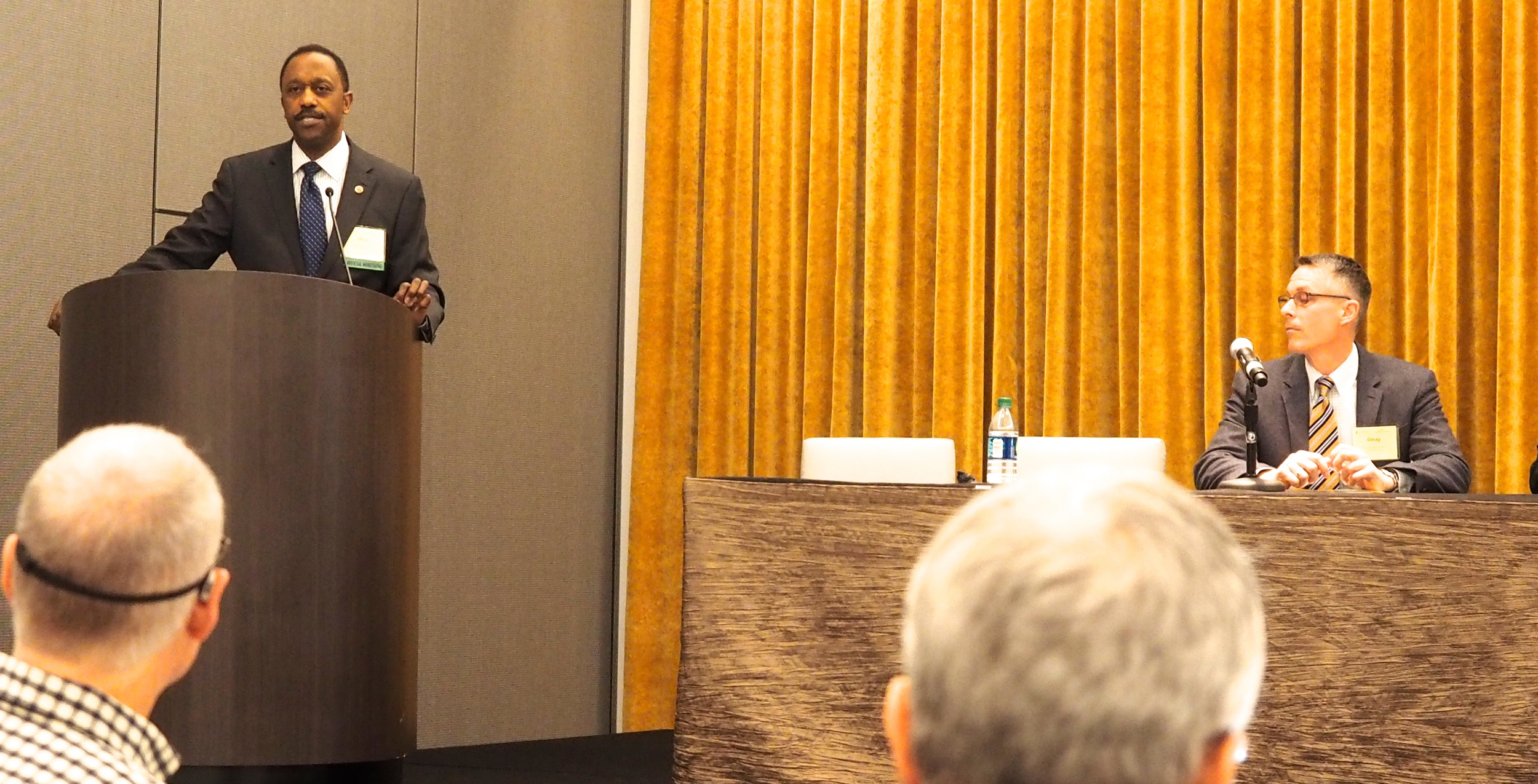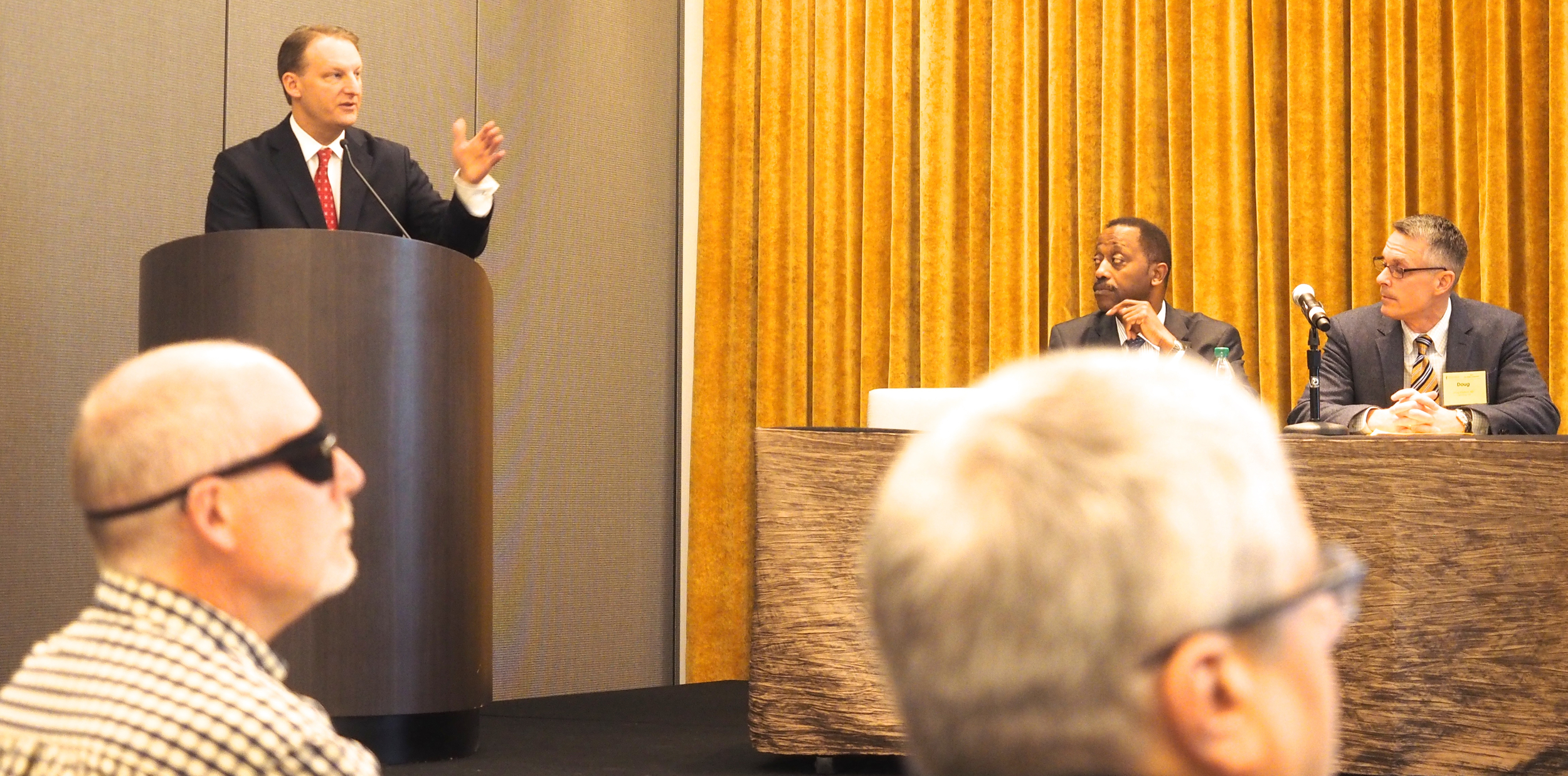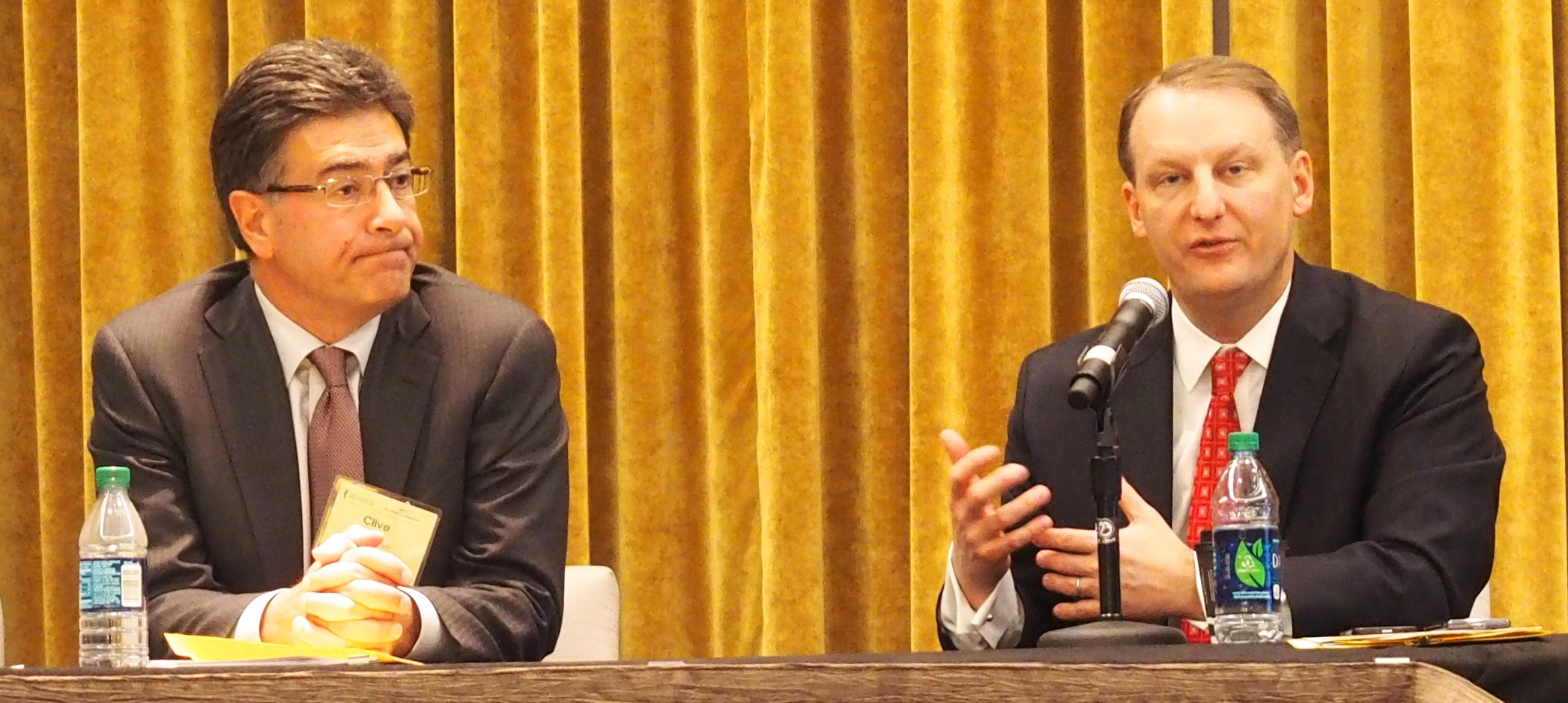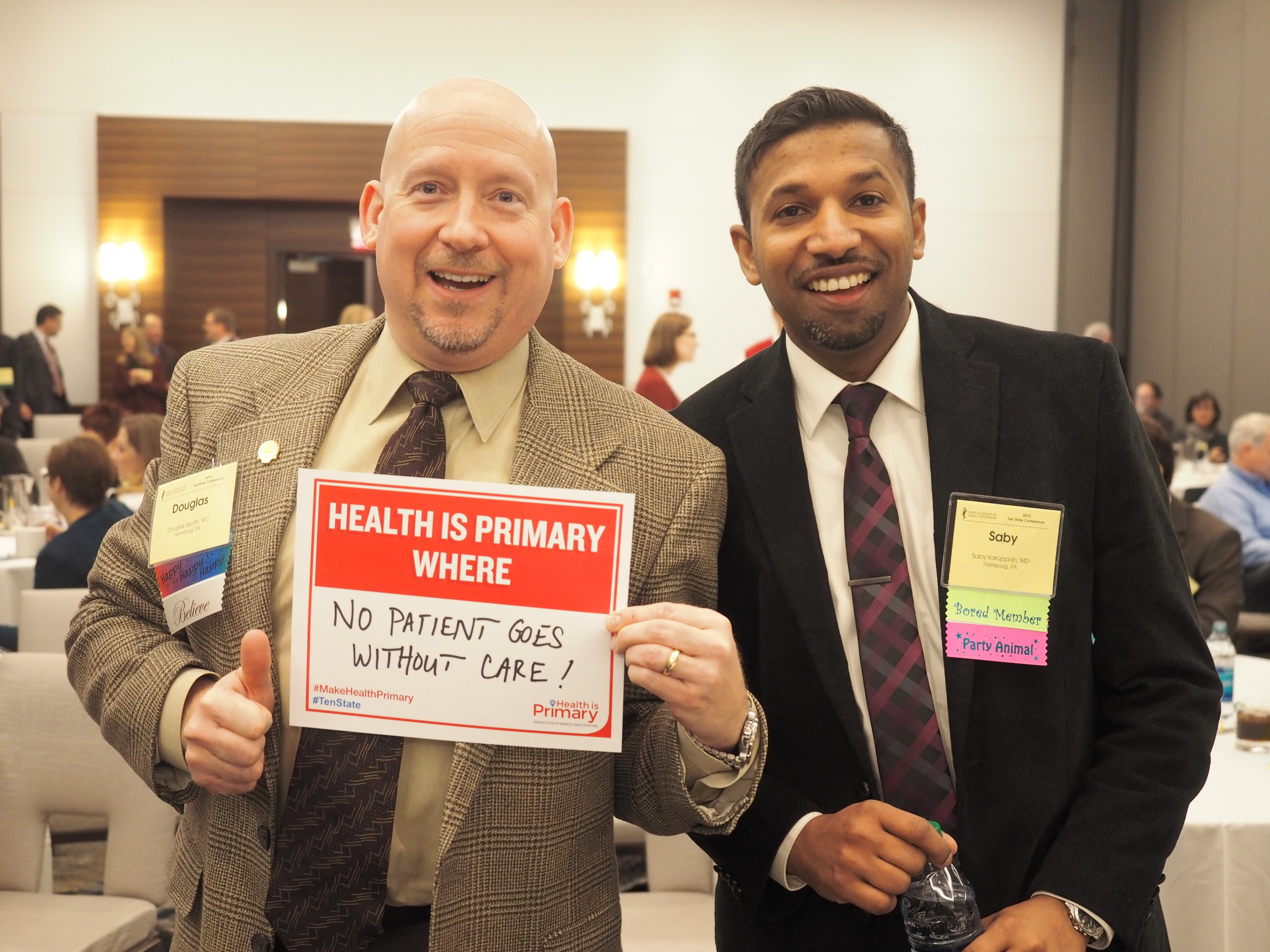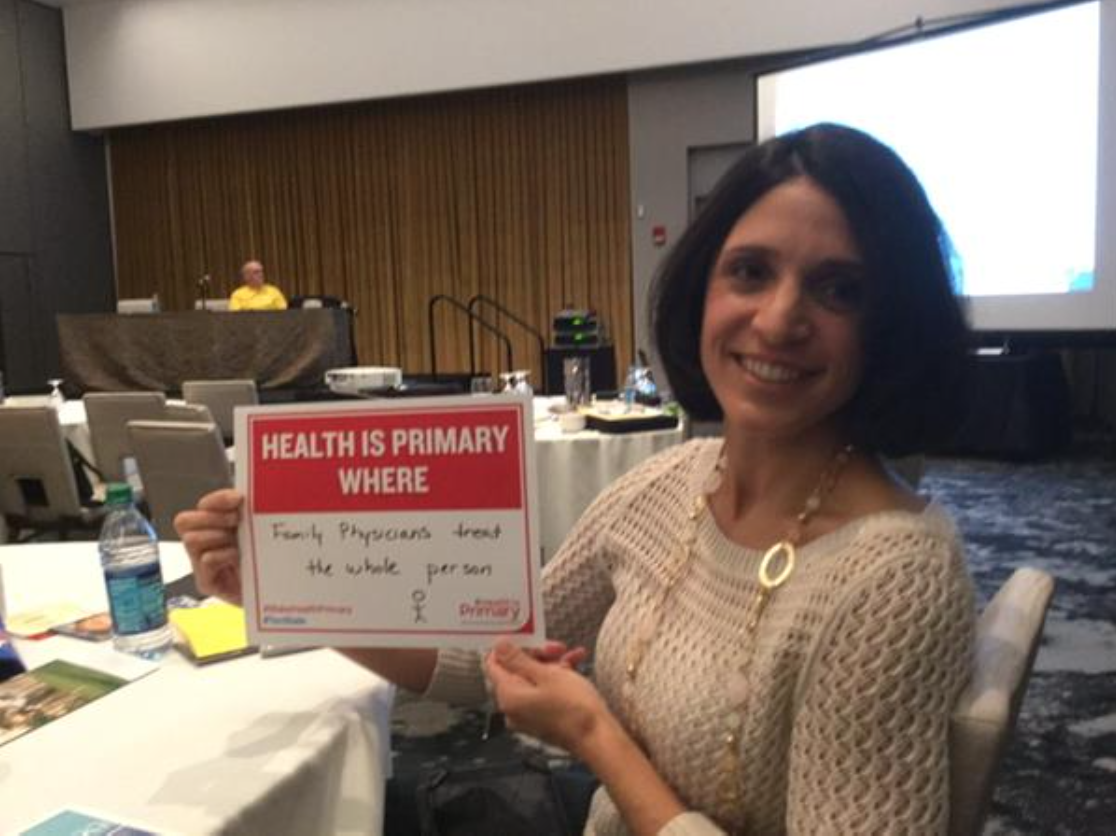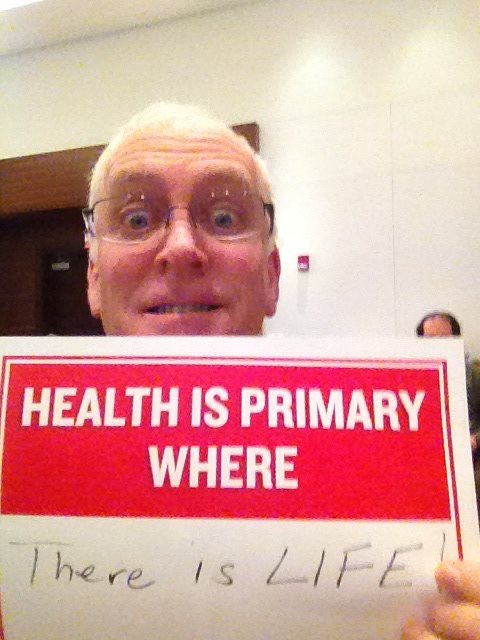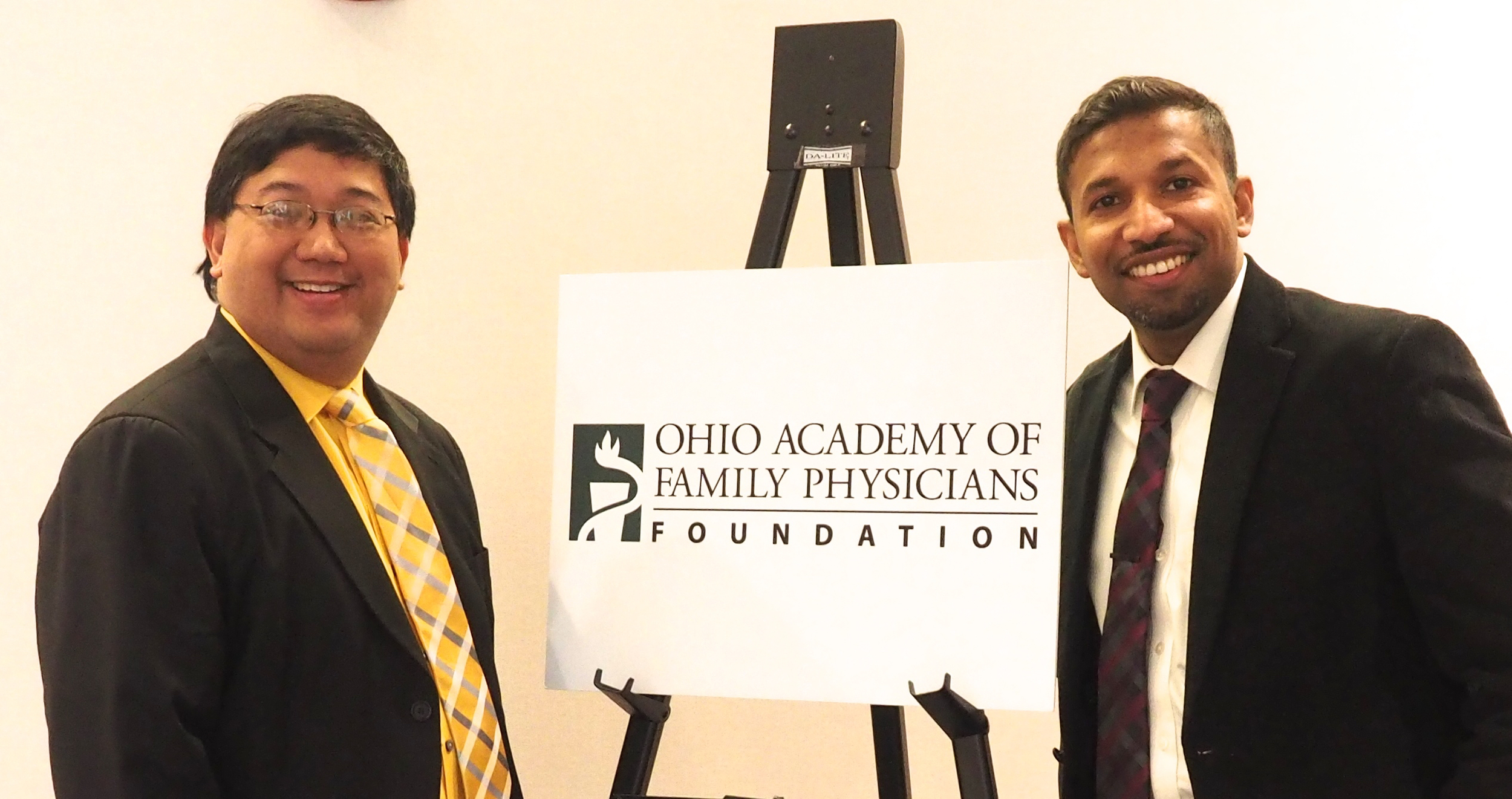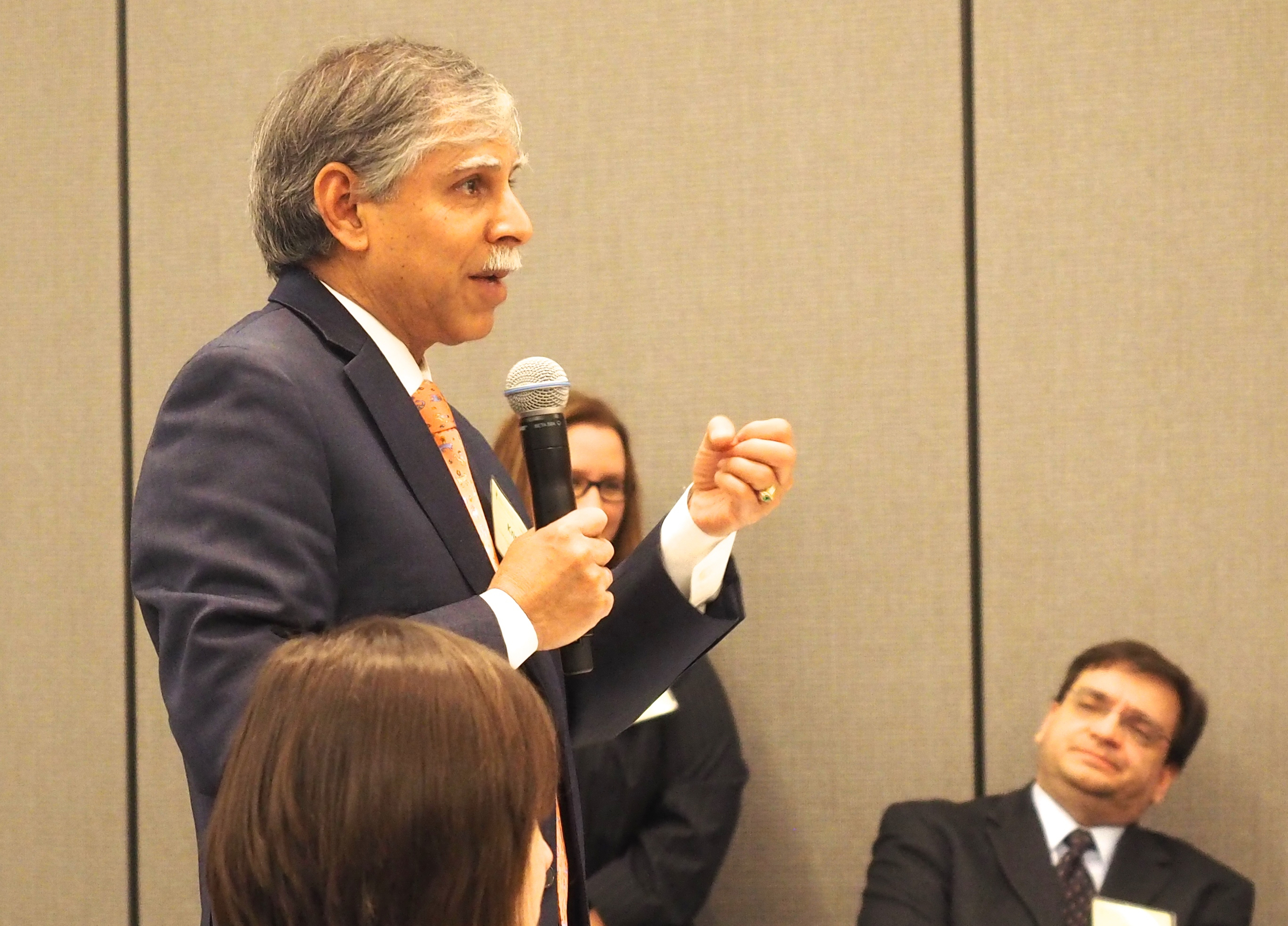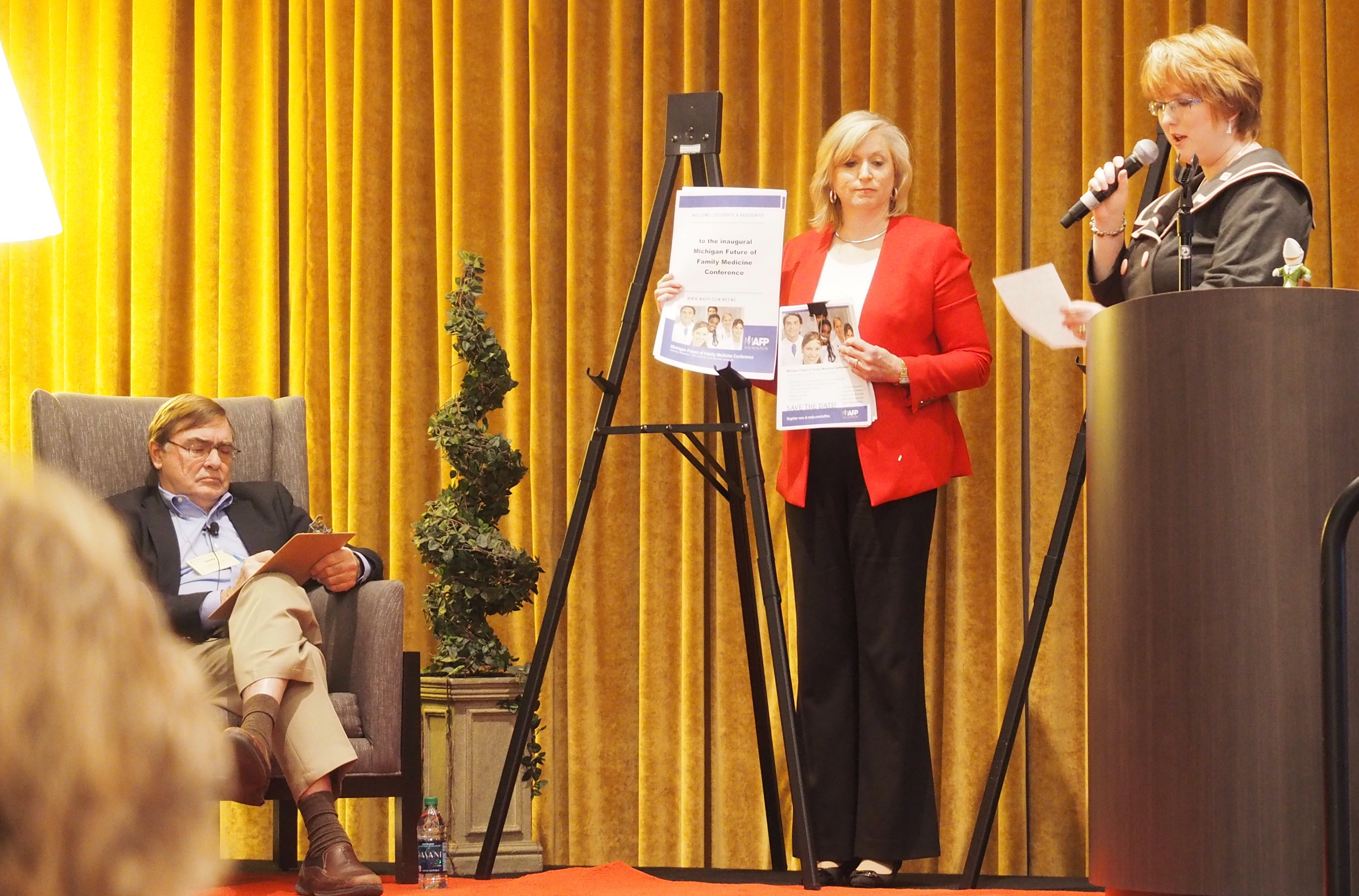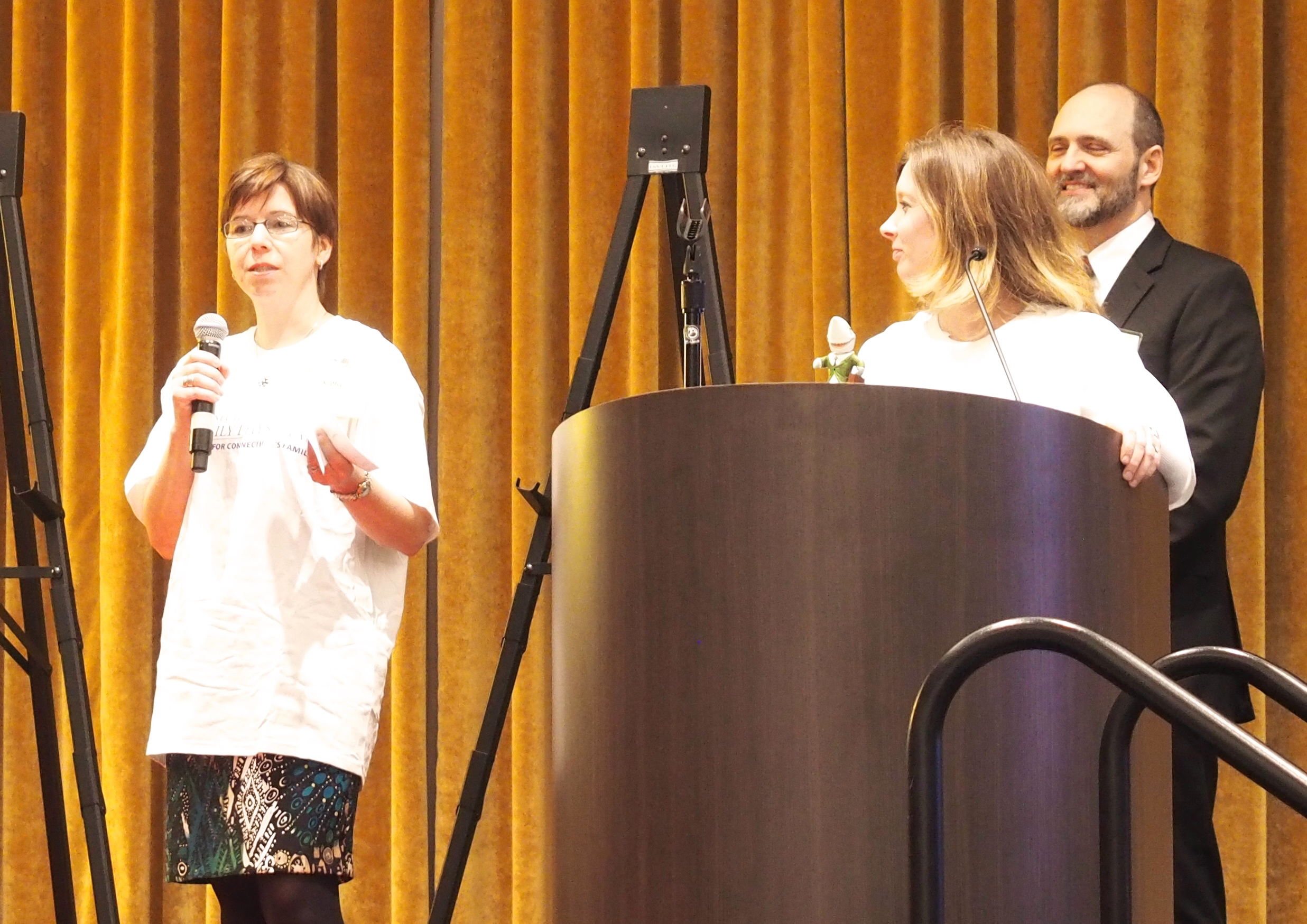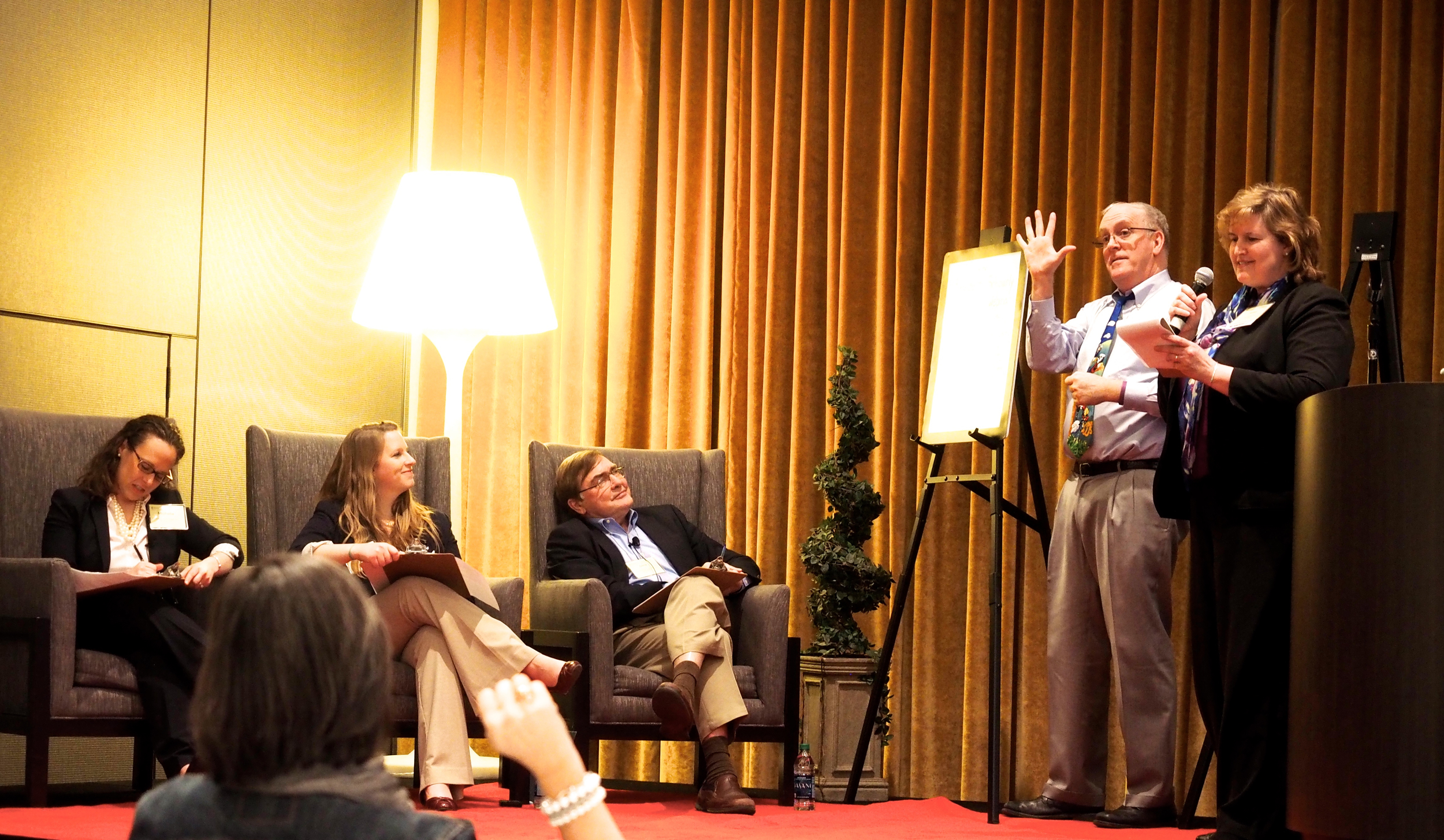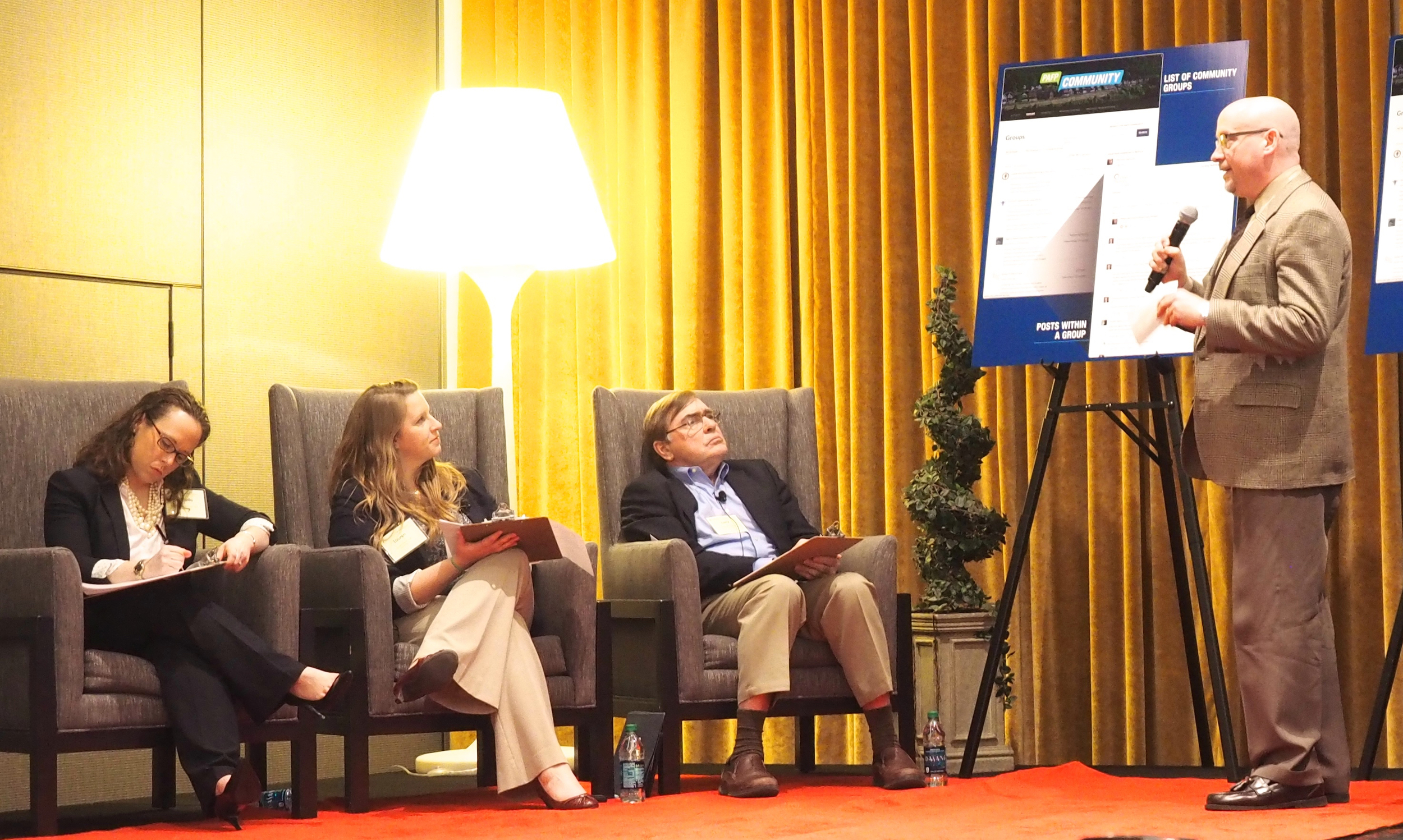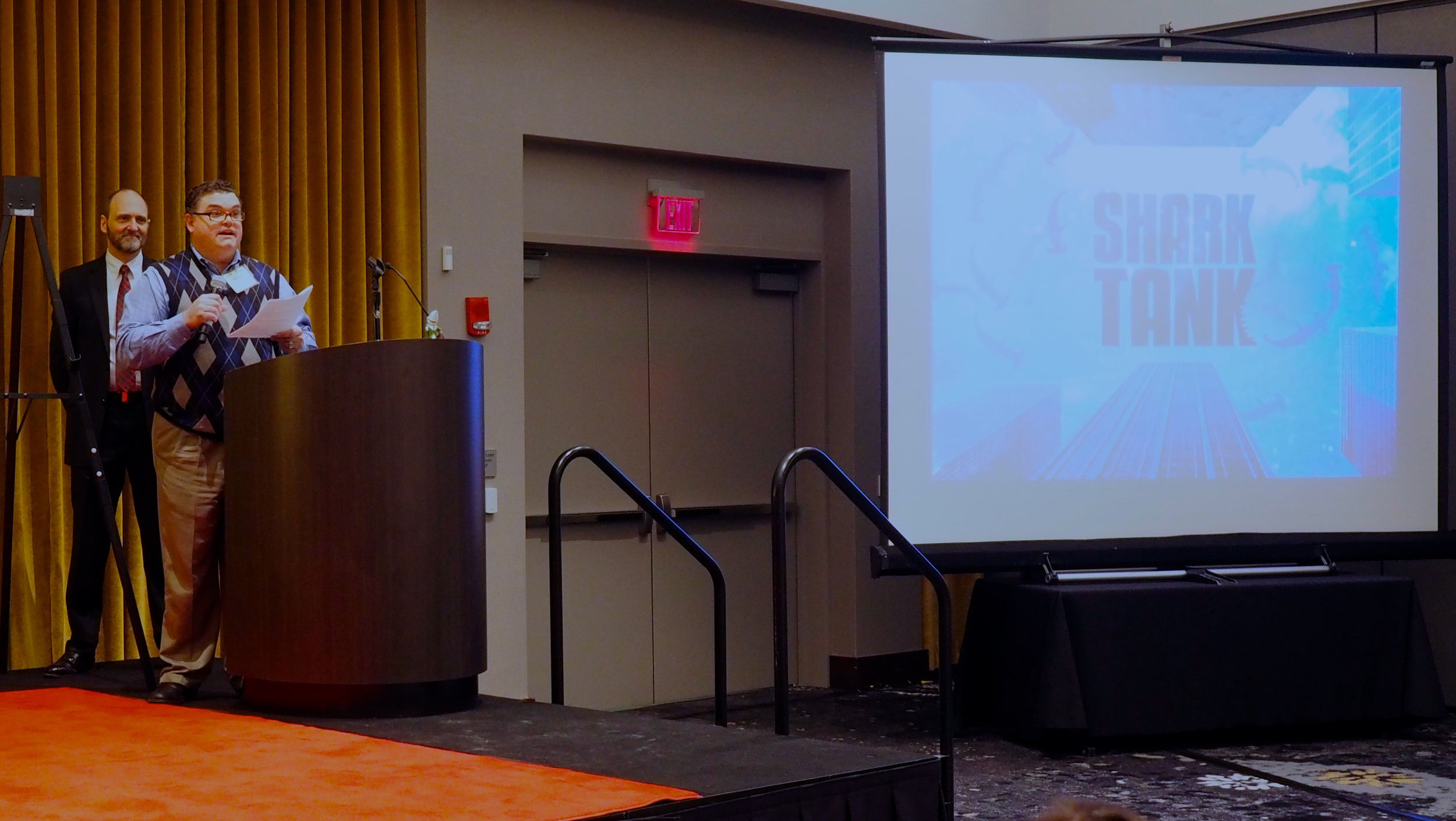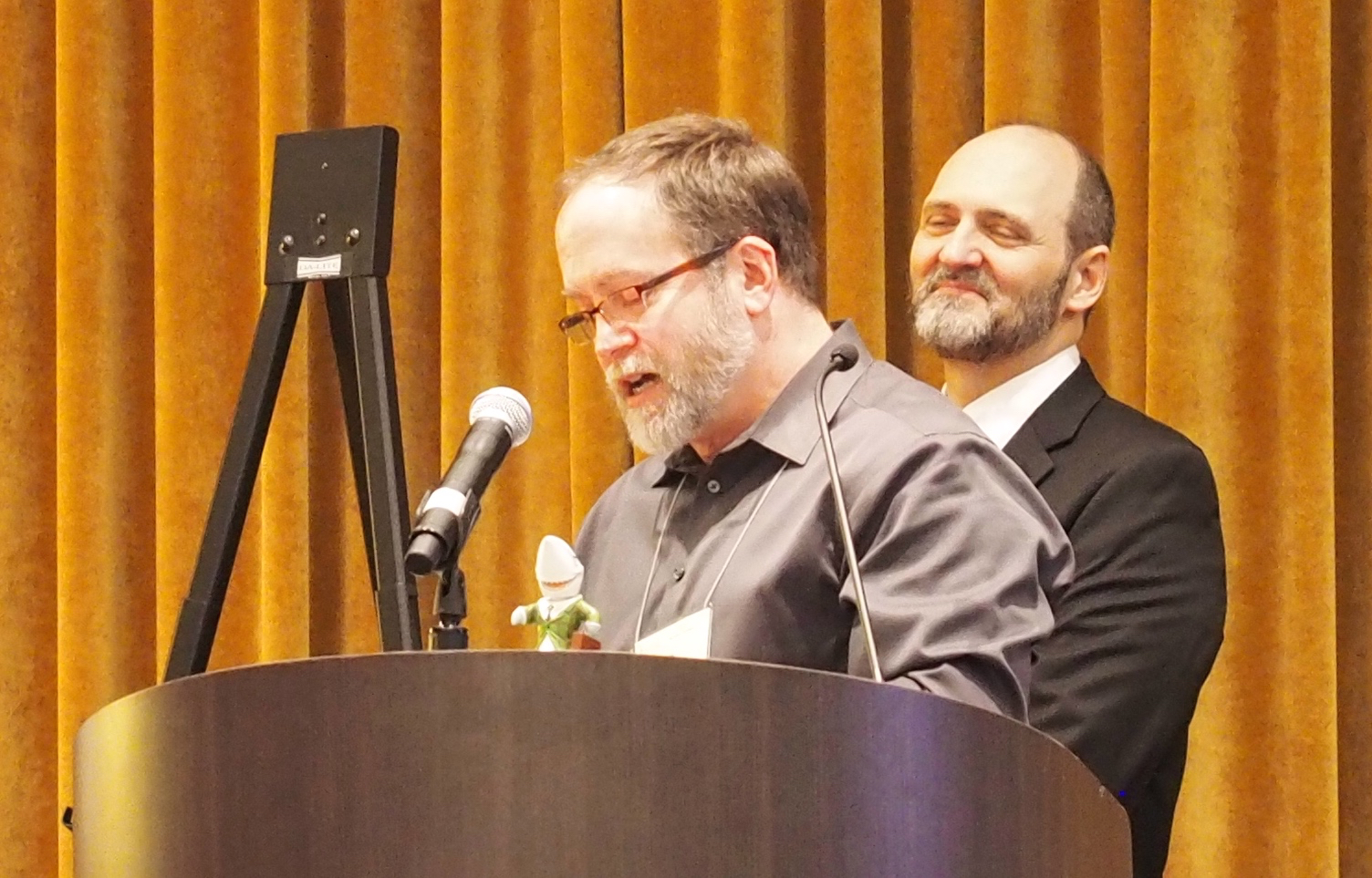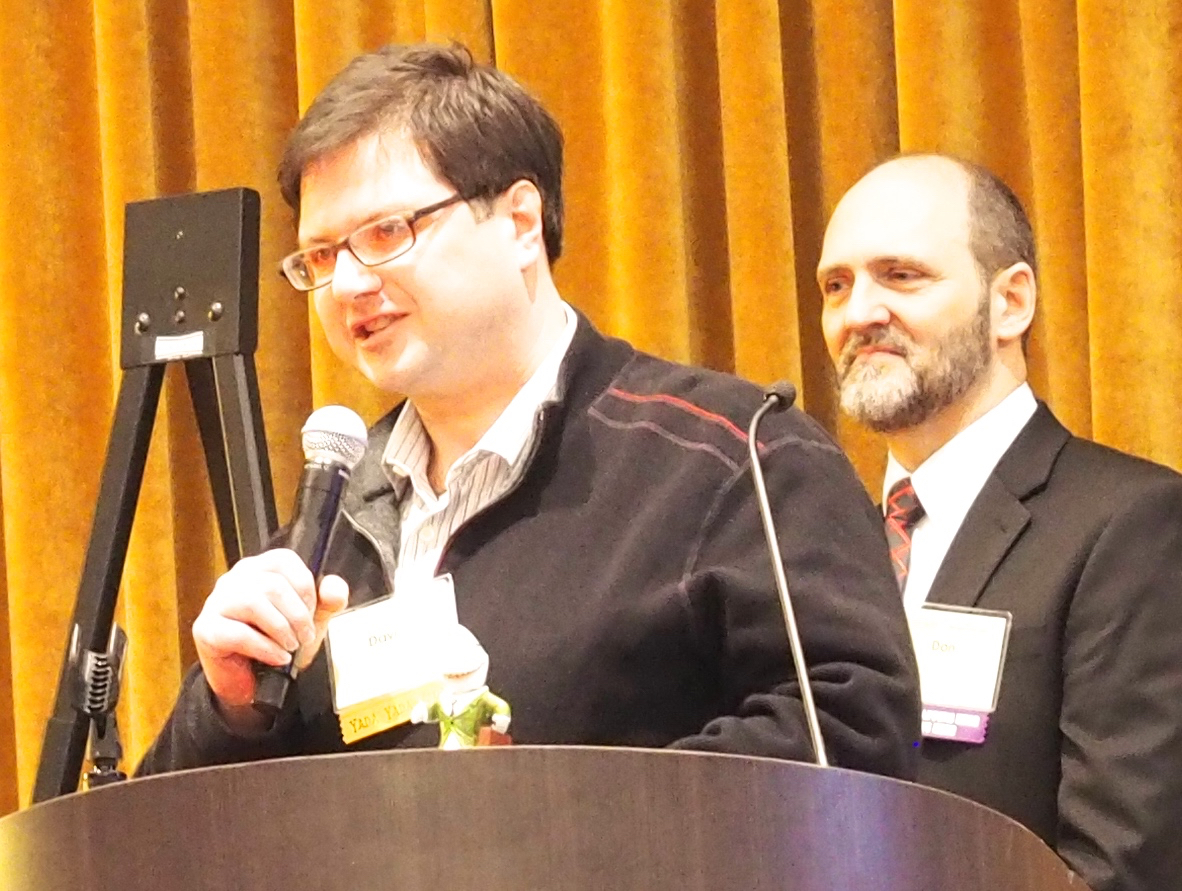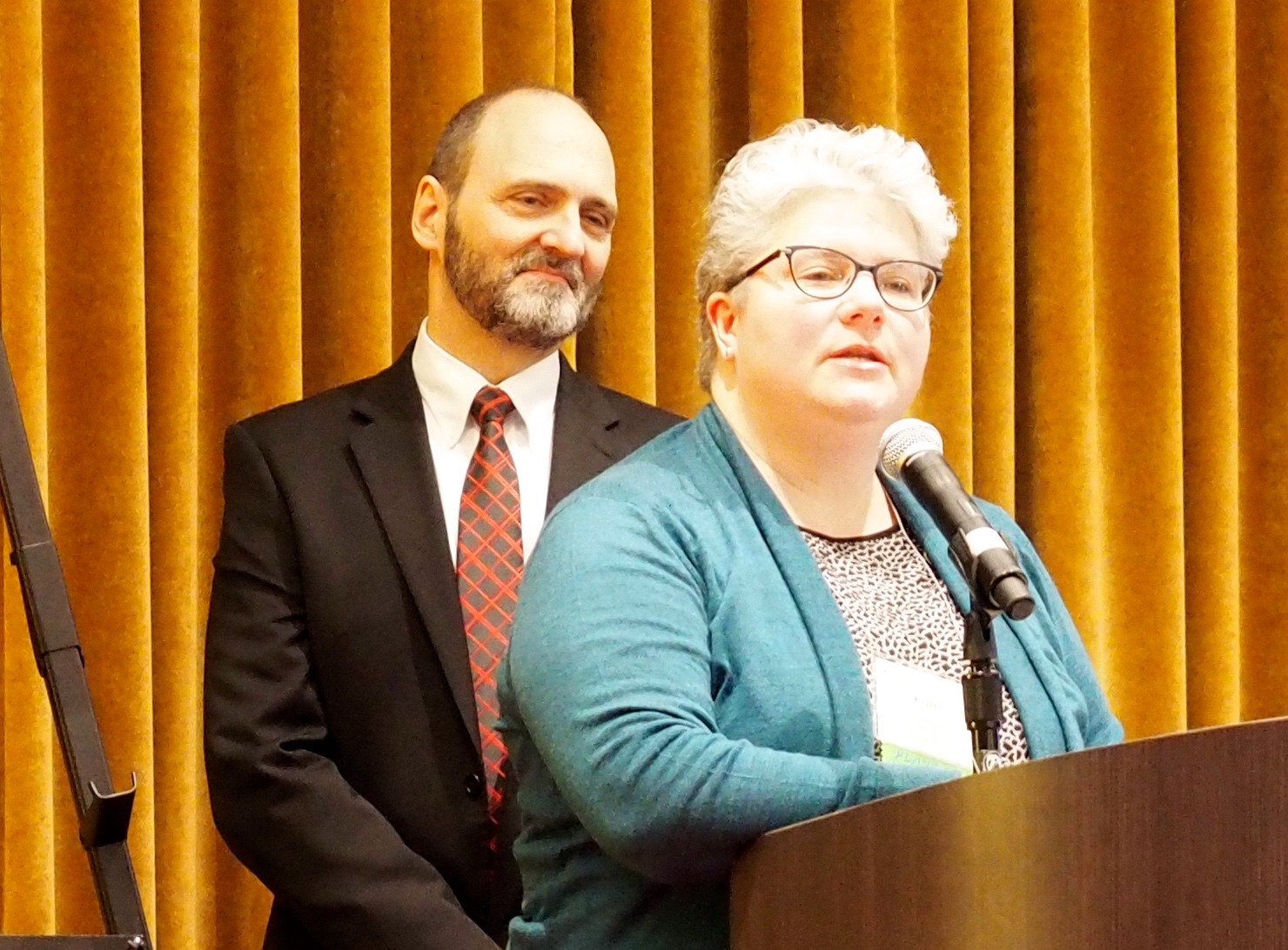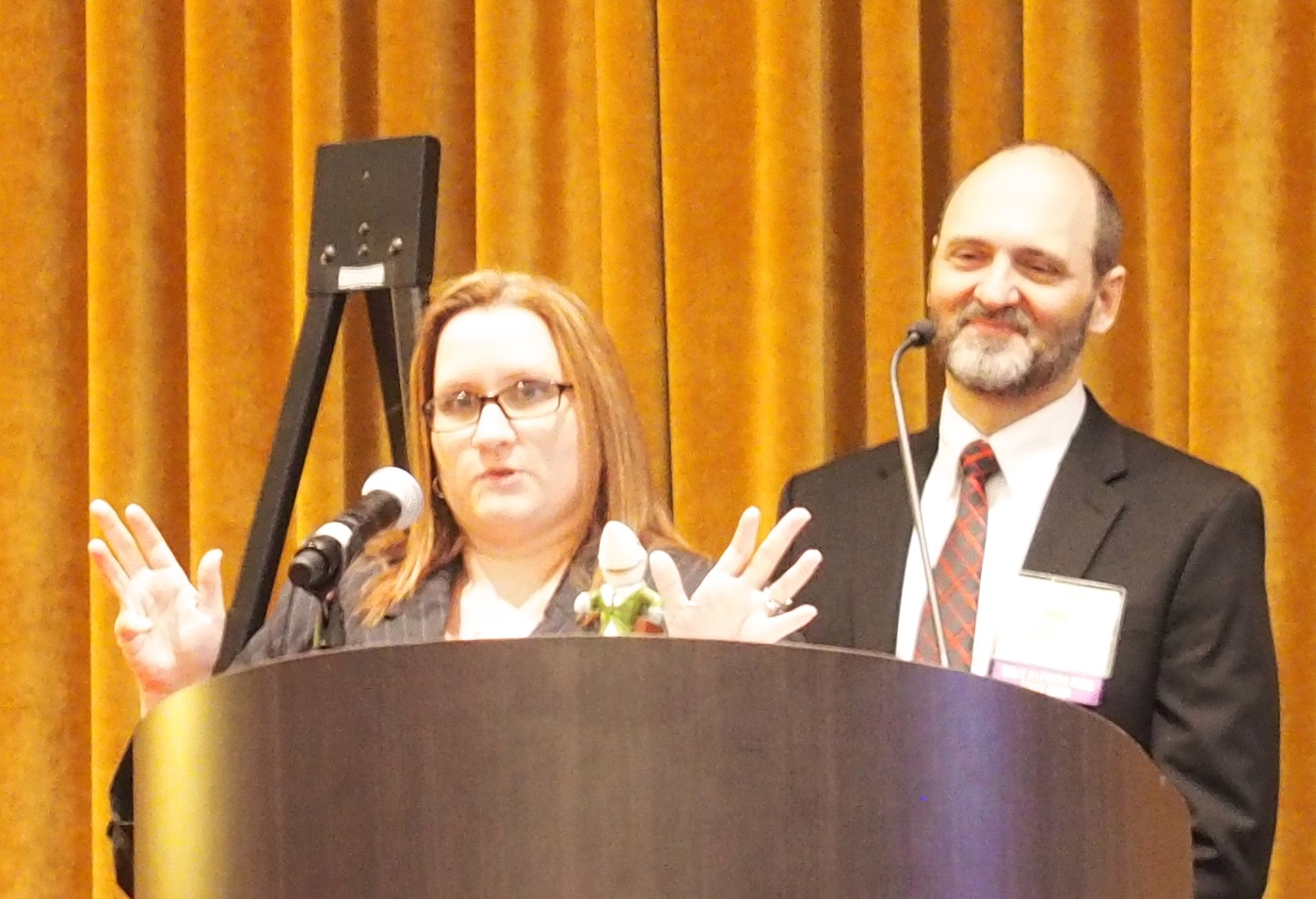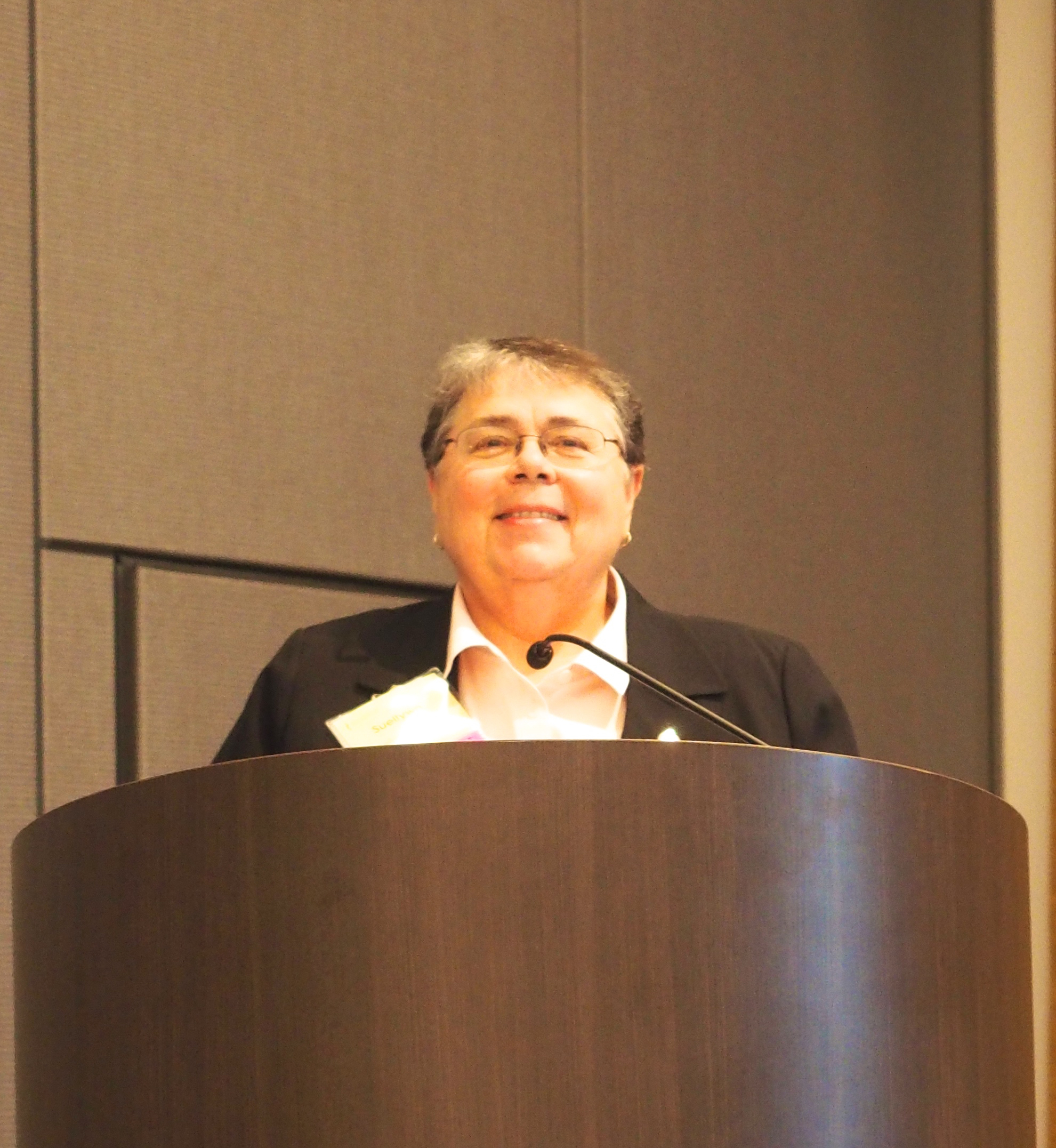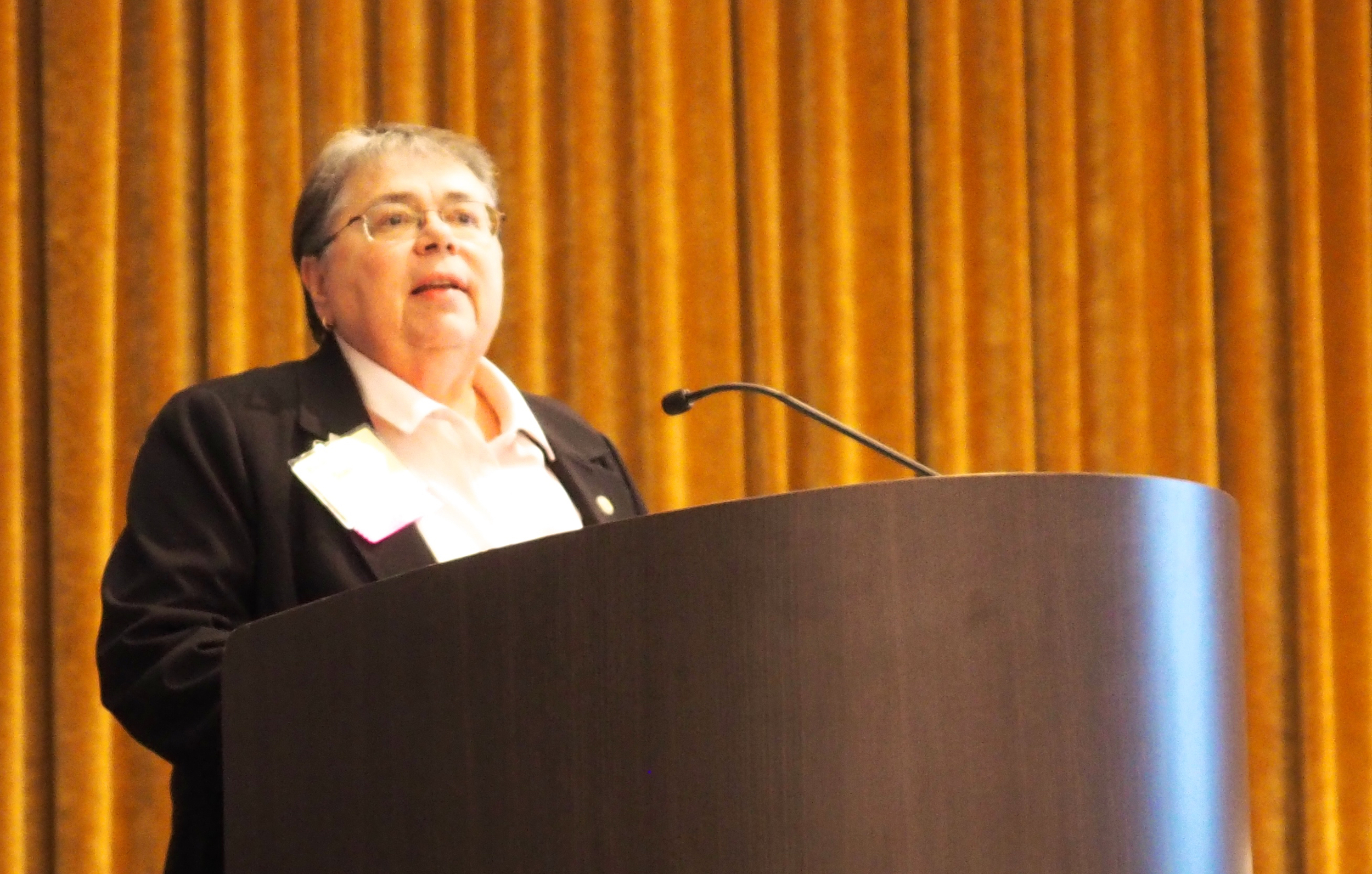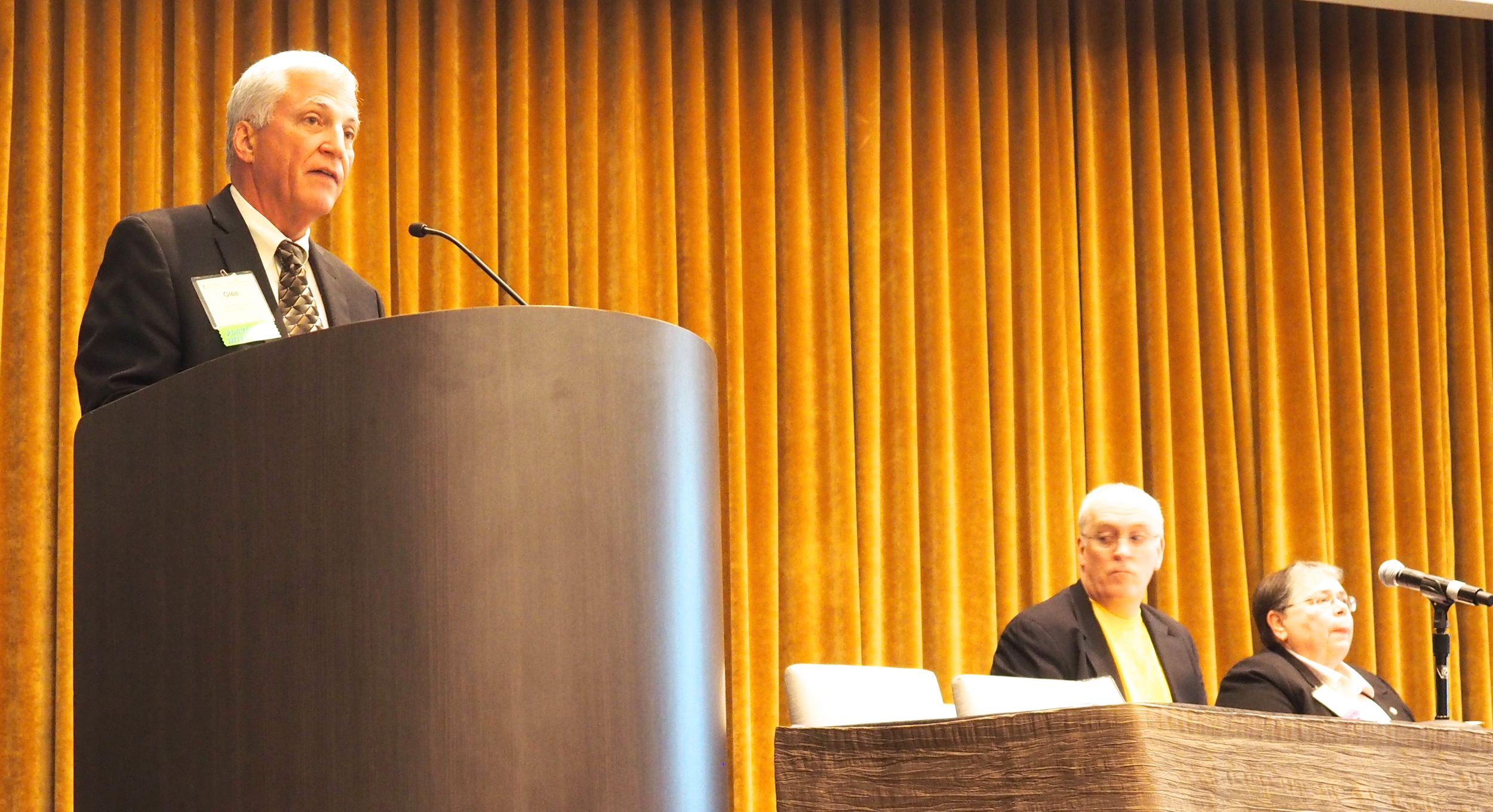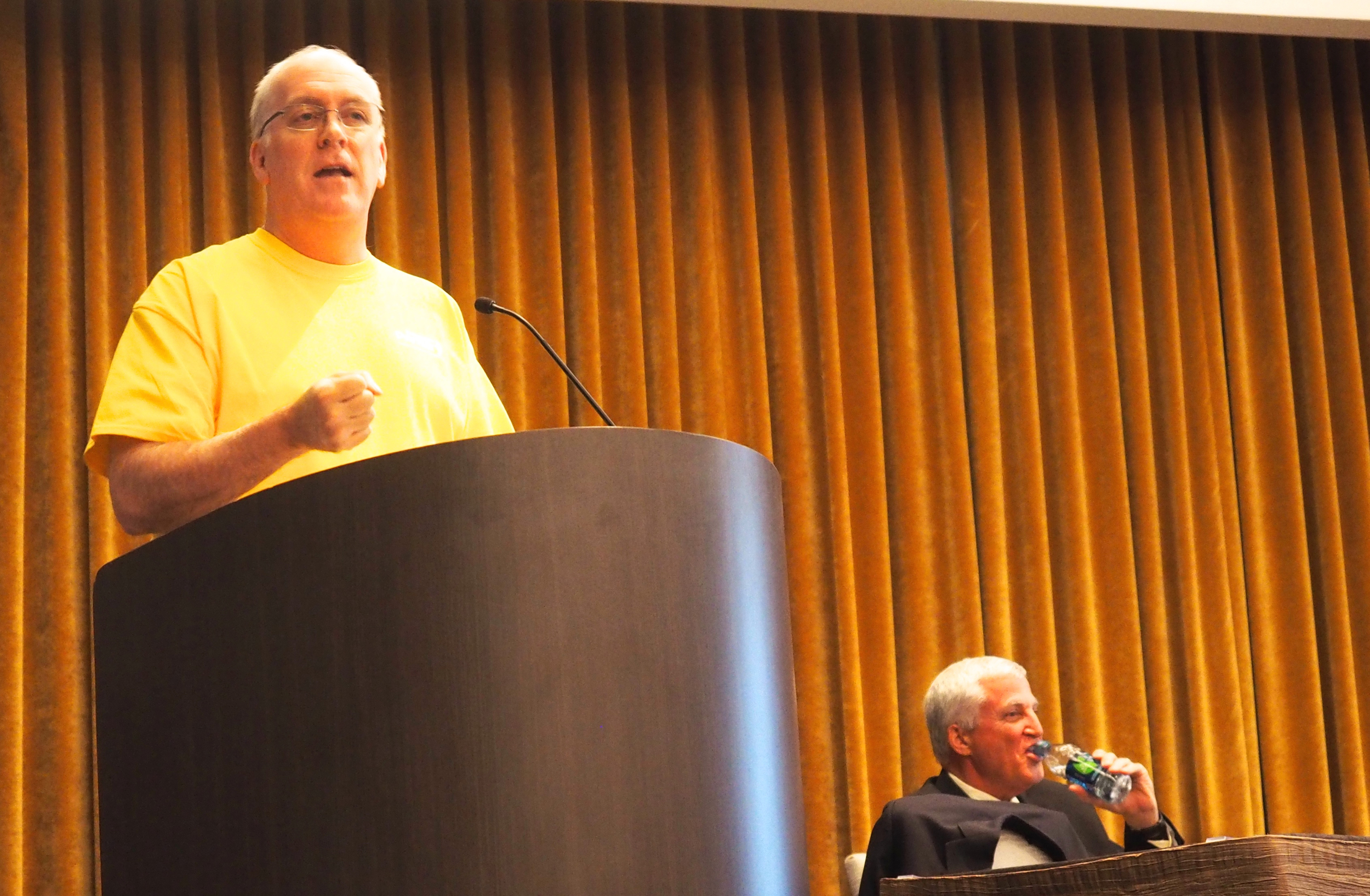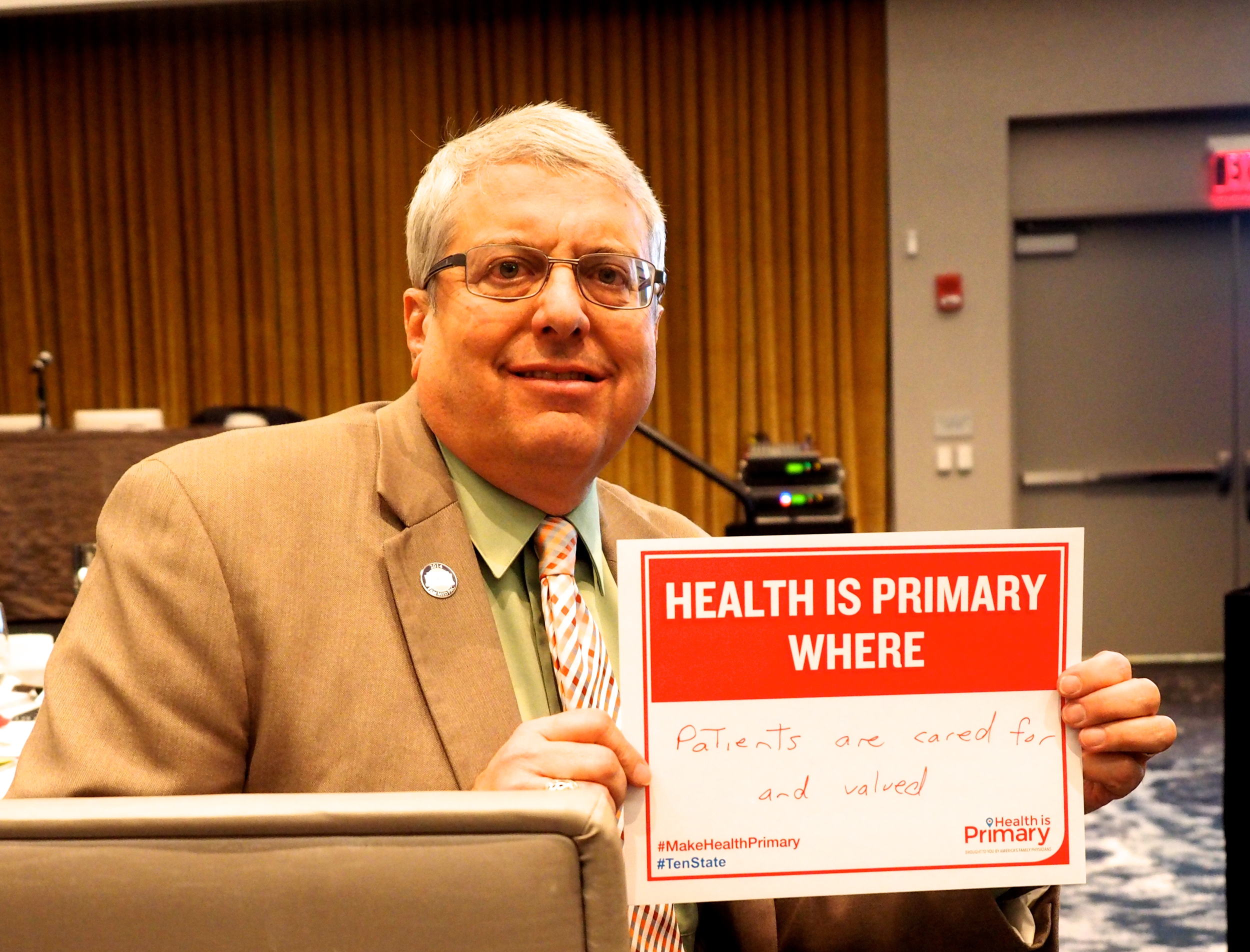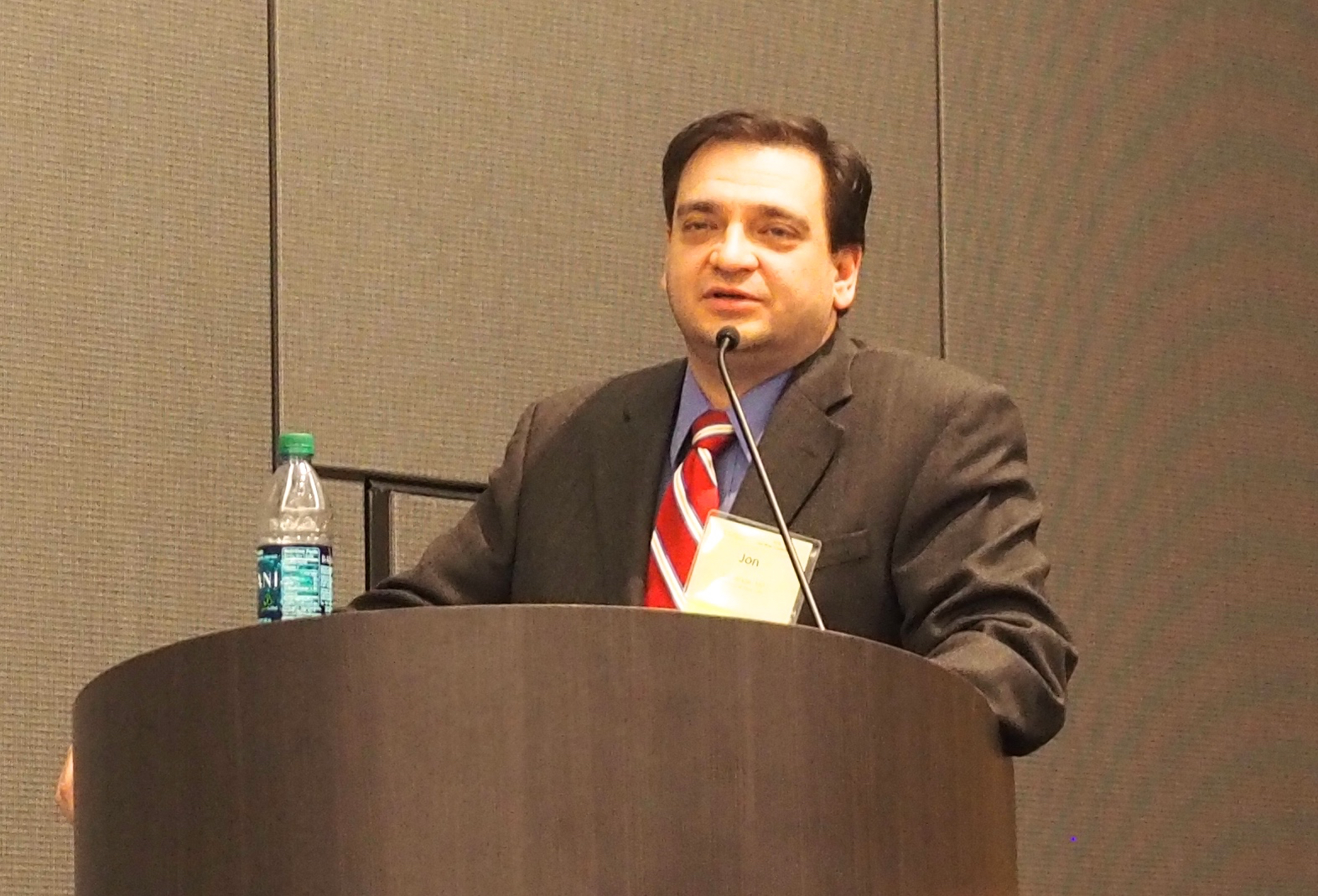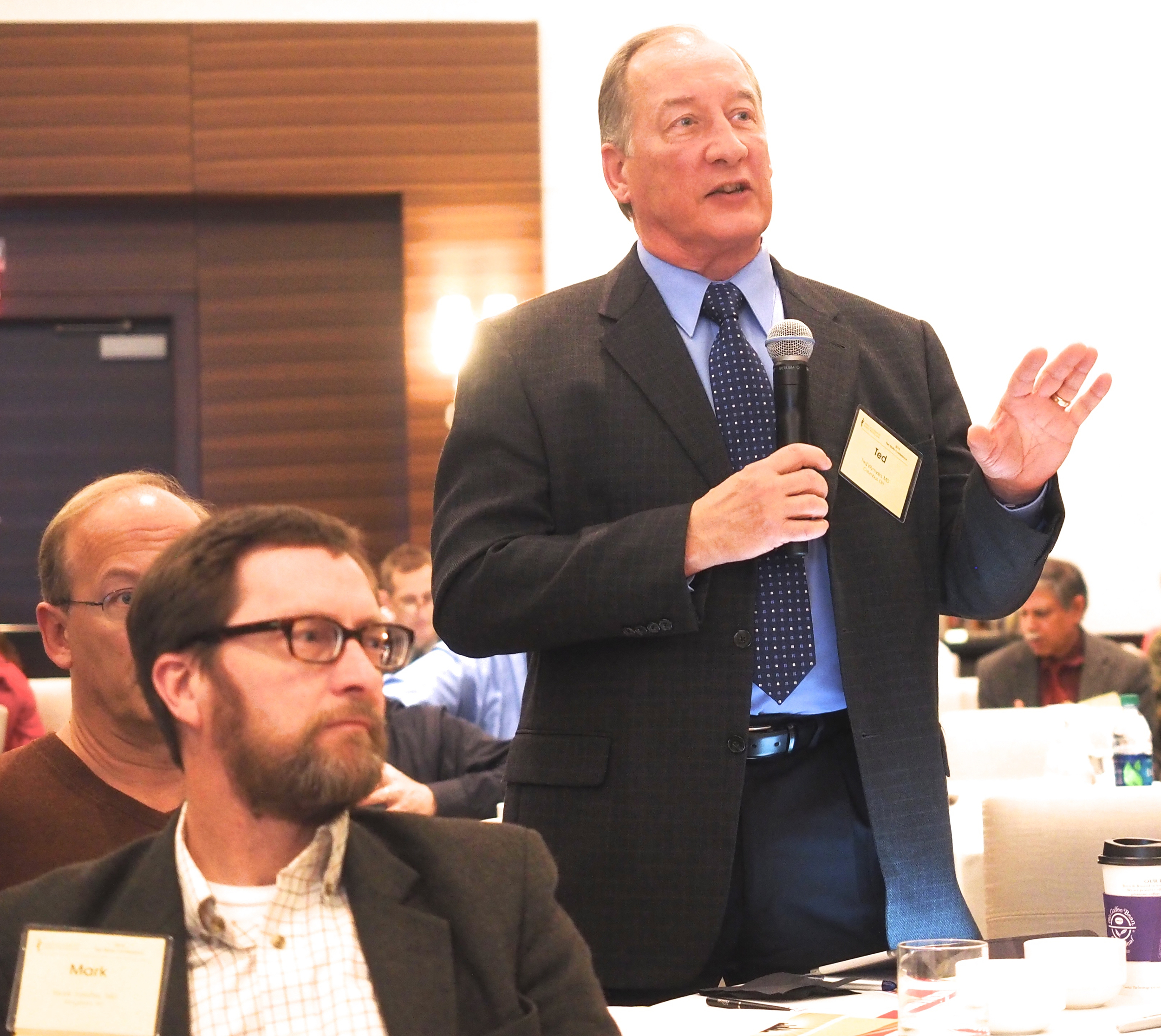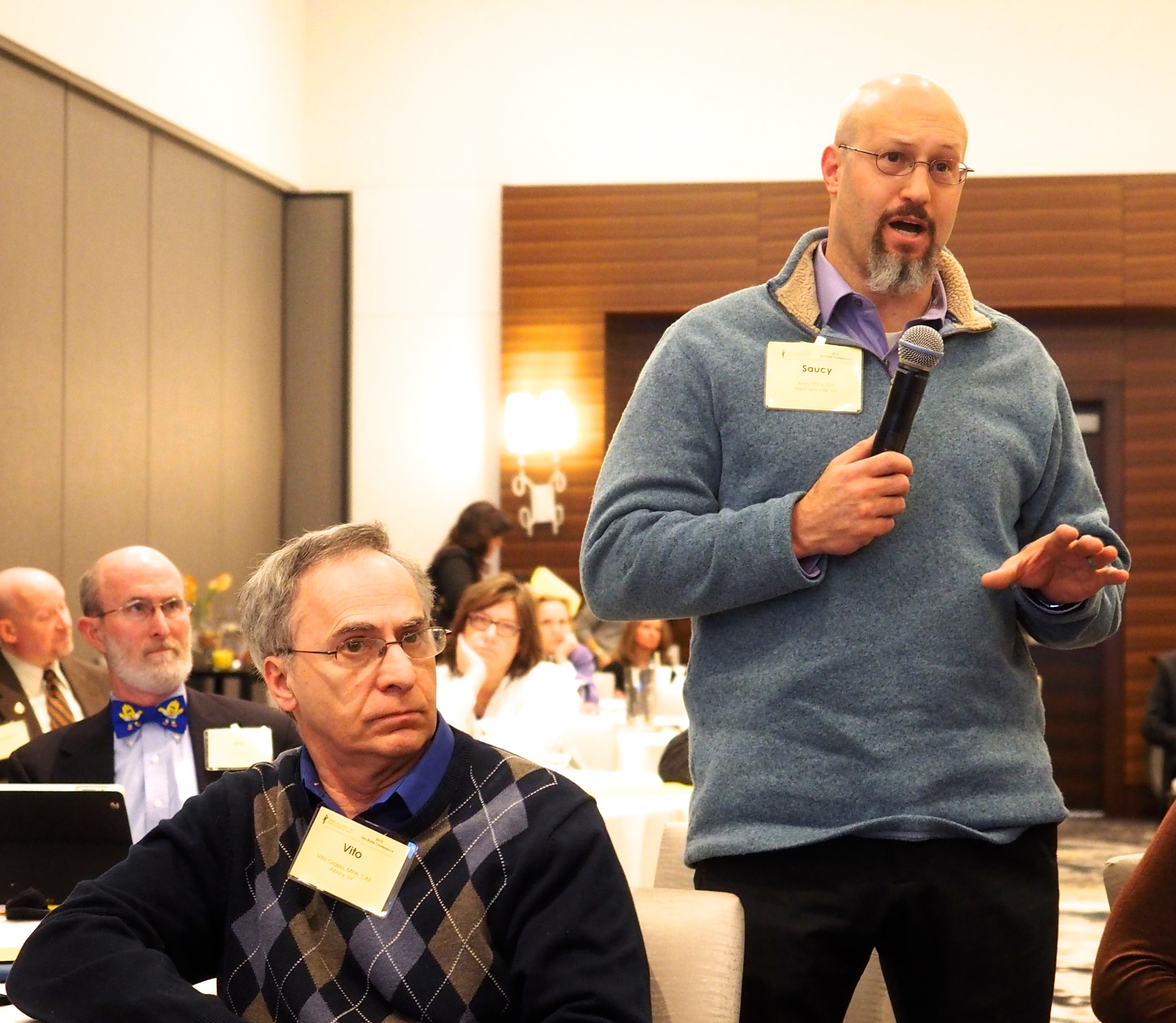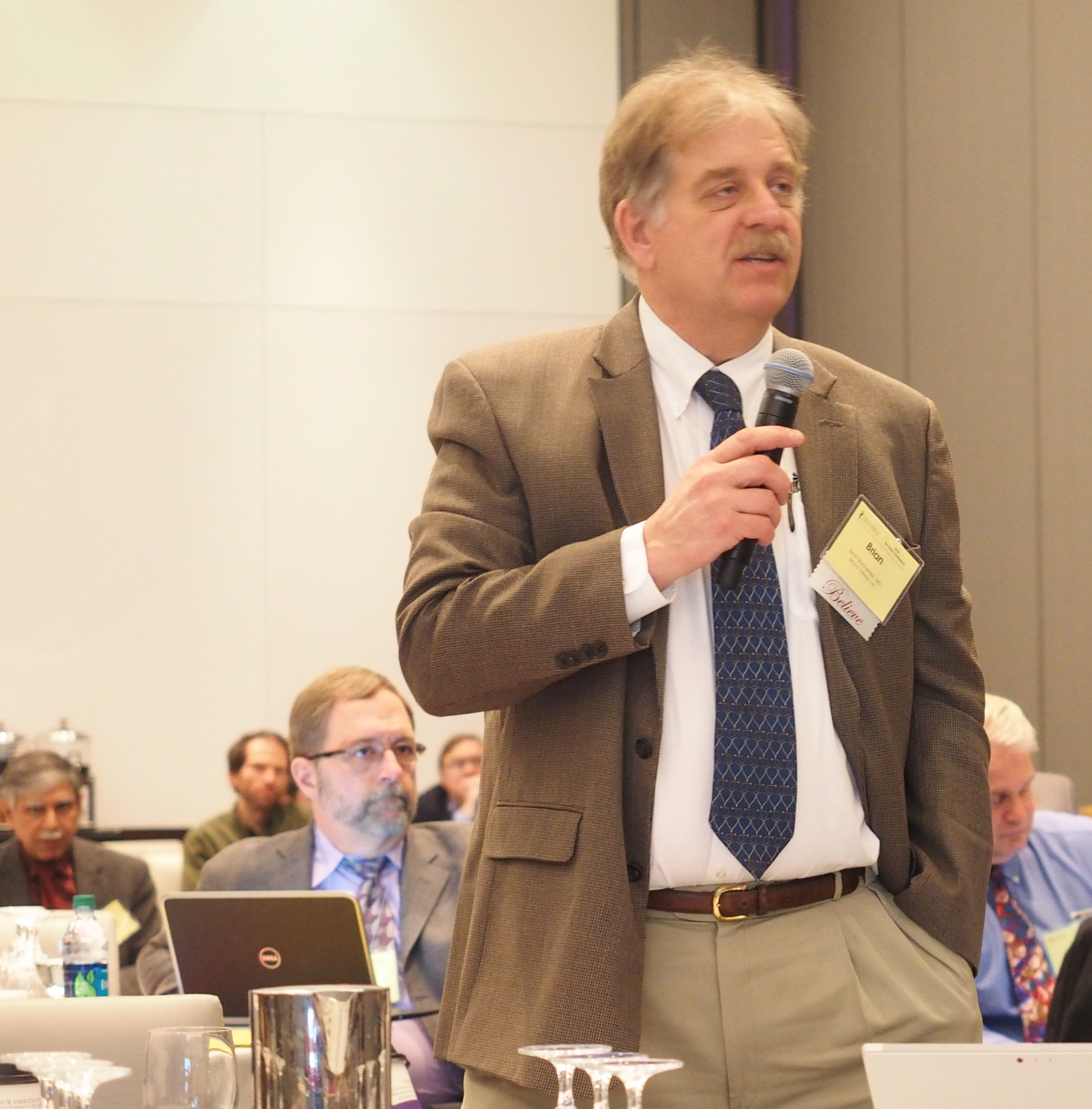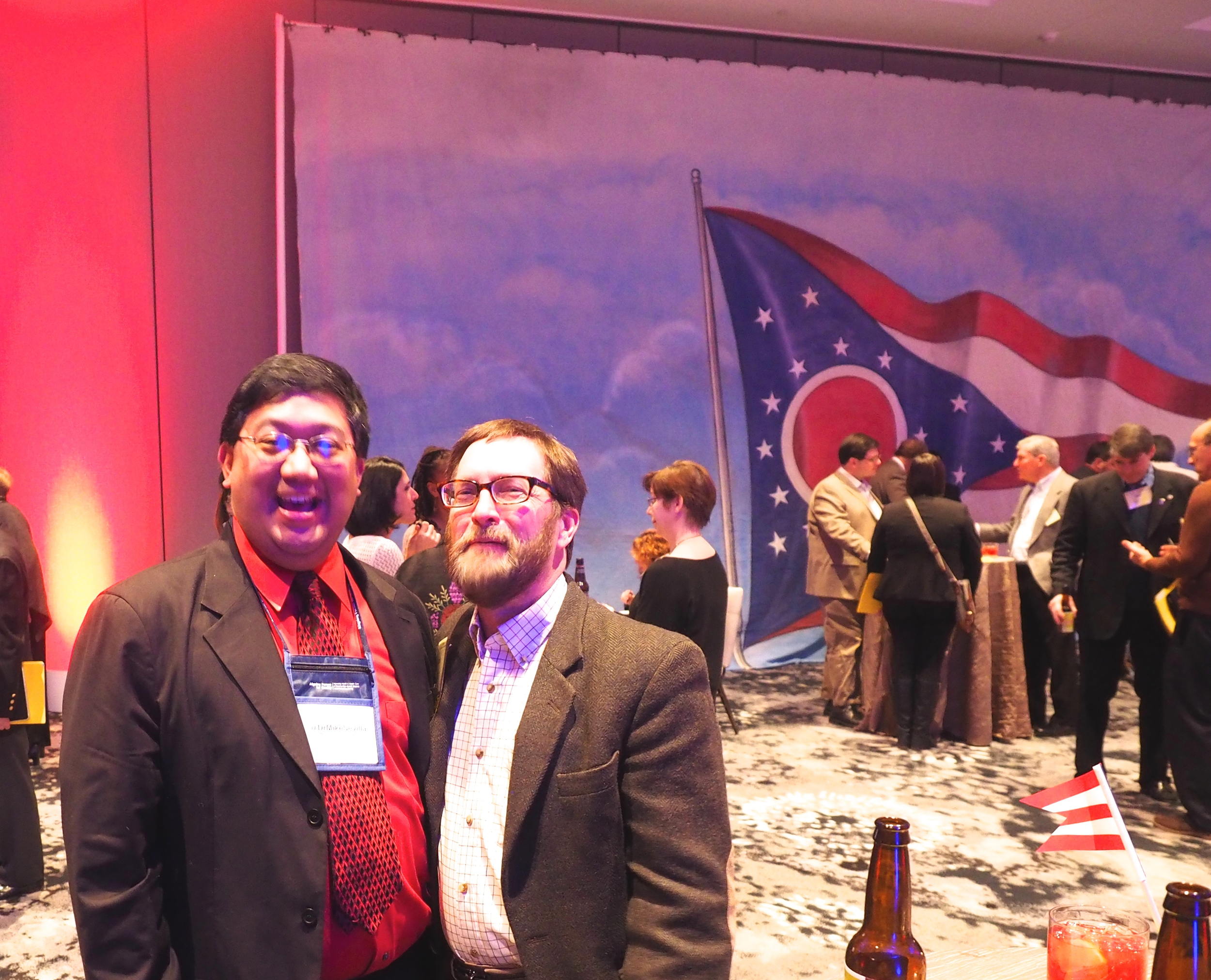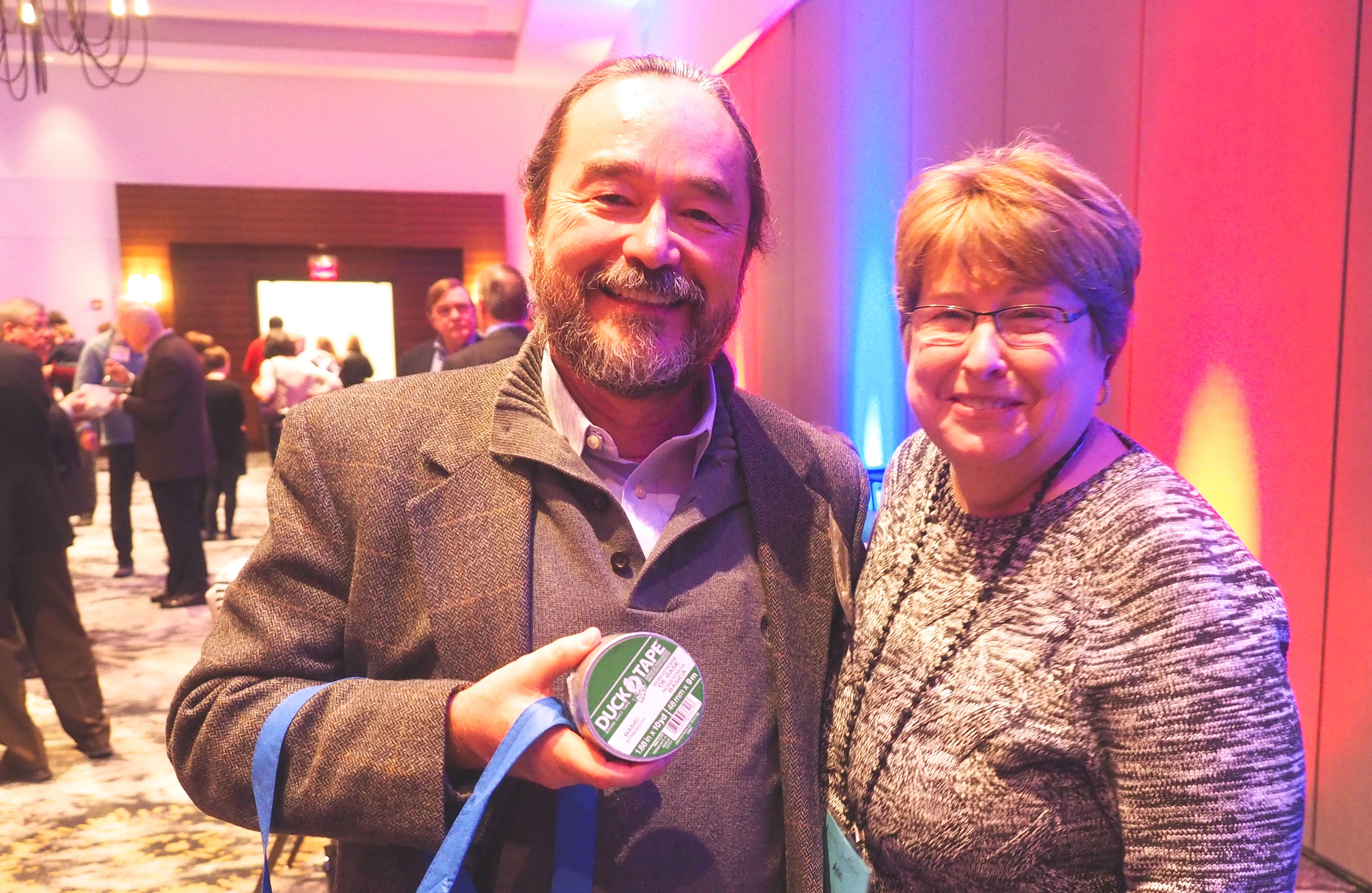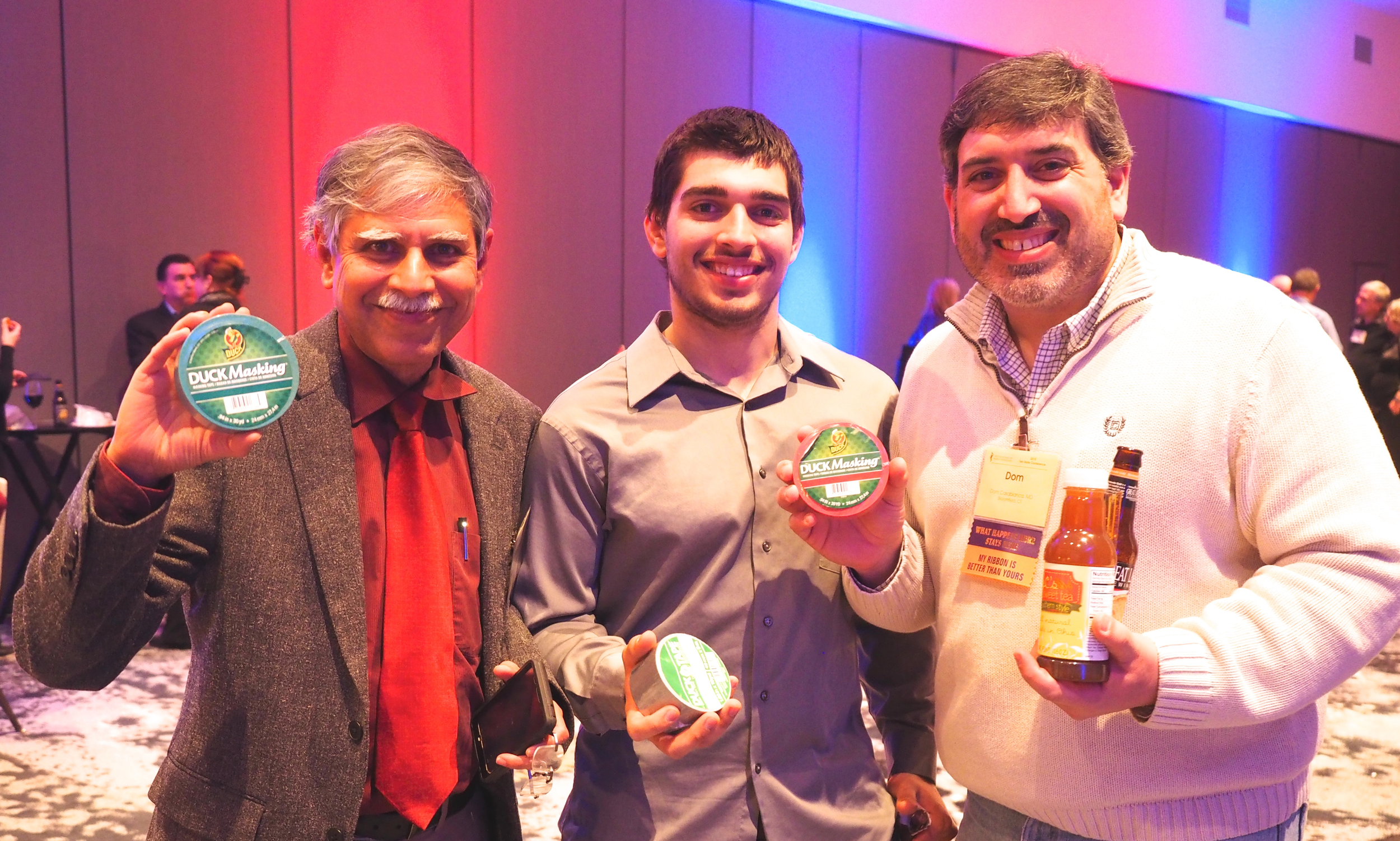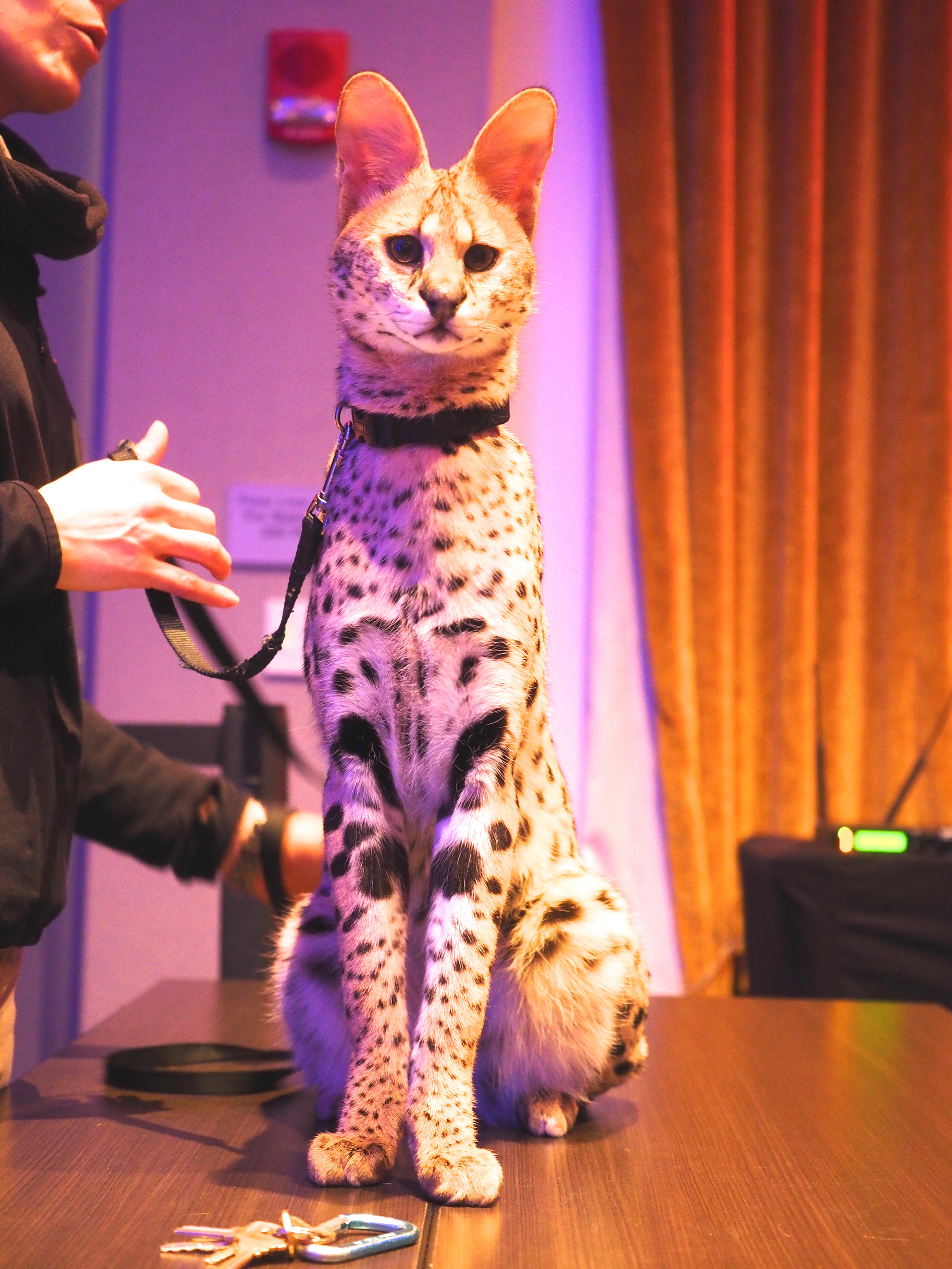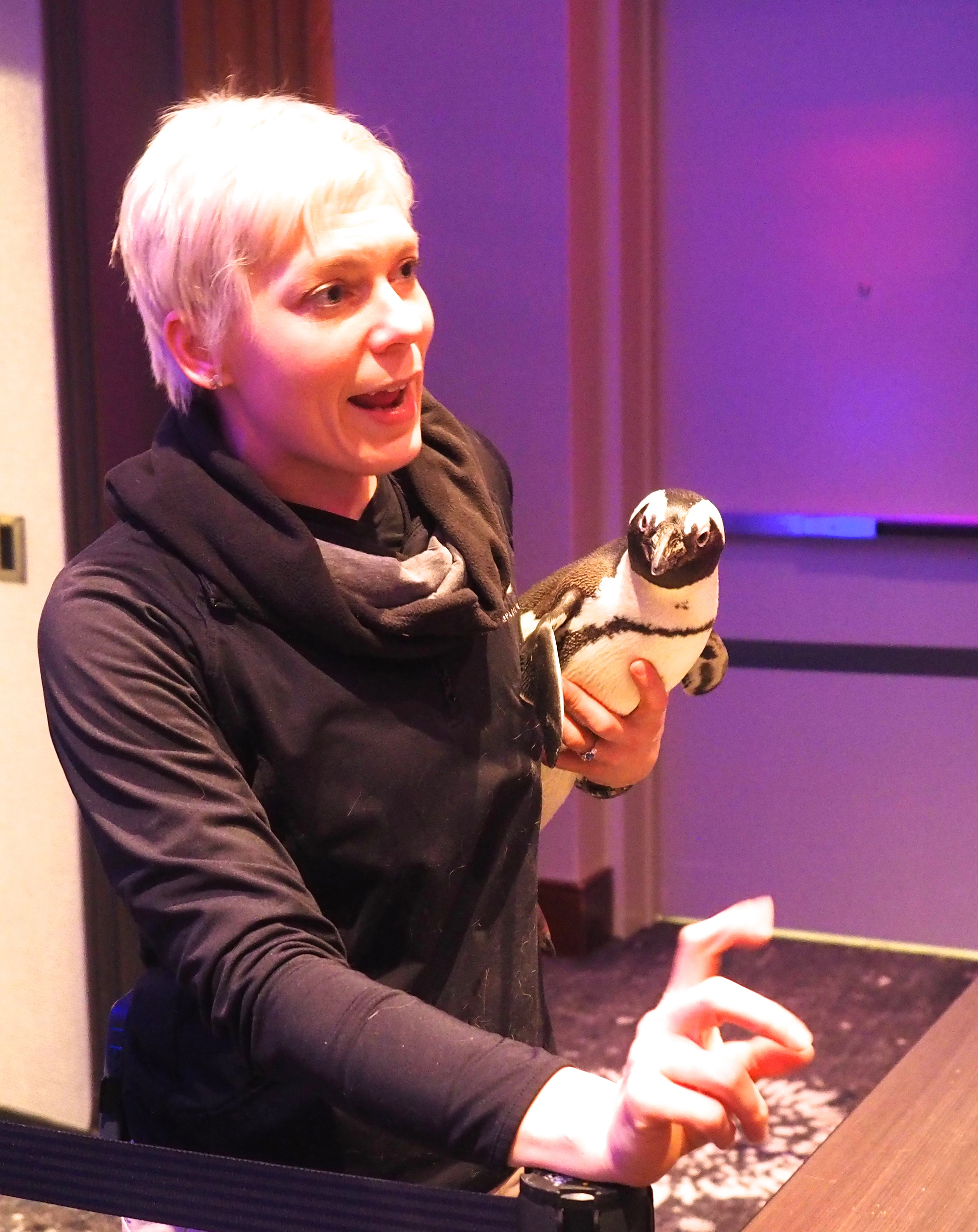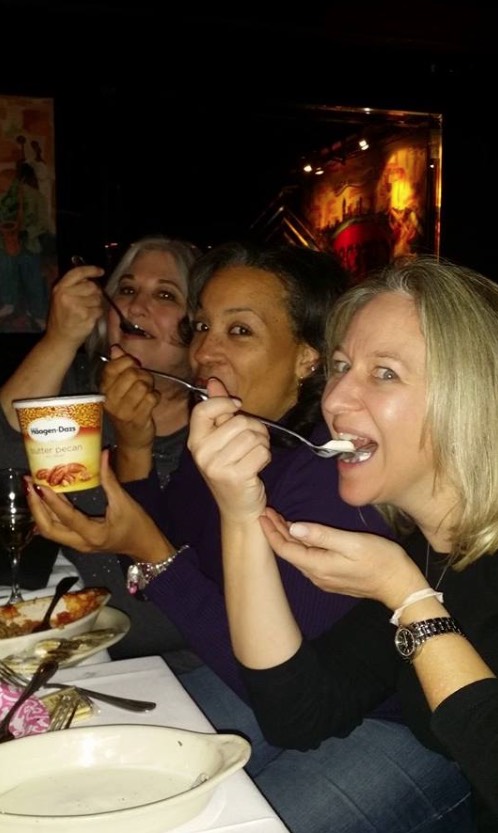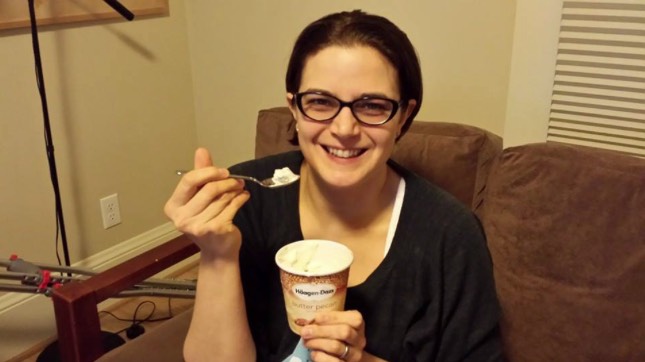The most important announcement today from Apple WAS NOT the Apple Watch. In my opinion, iPhone, Apple HealthKit, and Apple ResearchKit will revolutionize medical research in ways that we don't even understand yet.
During the announcement, the challenges of medical research were described. First, it's difficult to recruit research subjects. Secondly, when when you find research subjects, it is difficult to gather comprehensive data - only snapshots in time. Finally, research subjects only give information (one way communication), and often do not hear back from the research team. (Video above from The Verge)
With 700 million iPhones sold already, Apple saw an opportunity to assist the medical research community with the creation of Apple ResearchKit. ResearchKit is a software framework made specifically for medical research. With ResearchKit, universities and medical institutions hope to accumulate lots of data, more accurate data, and interact with research subjects in ways that have never been done before.
There are already five Apple ResearchKit Apps that were released today:
- Parkinsons Disease: App is called "mPower"; University of Rochester, Xuanwu Hospital, Capital Medical University, Sage Bionetworks
- Diabetes: App is called "GlucoSuccess"; Massachusetts General Hospital
- Heart Disease: App is called "MyHeart Counts"; Stanford Medicine, University of Oxford
- Asthma: App is called "Asthma Health"; Mount Siani Hospital; Weill Cornell Medical College
- Breast Cancer: App is called "Share The Journey"; Dana-Farber Cancer Institute, UCLA School of Public Health, Penn Medicine, Sage Bionetworks
During this presentation, Apple addressed patient privacy: "You decide whether to participate. You decide how the data is shared. Apple will not see your data."
Skeptics to this technology have also raised concerns, like in a readwrite article entitled, "Apple's ResearchKit Is A Nice Idea, But It's Built On Sand." It states that companies are already data mining apps like MyFitnessPal, and how can we trust Apple will not do the same. This tech industry article also states that the present Apple HealthKit software is "horribly buggy" that it doesn't "even come close to our expectations for Apple products."
My take? Well, I think that iPhone, HealthKit, and ResearchKit are important in three ways:
- Moves Medical Research Closer To The Mainstream: Apple has an uncanny way of moving products and ideas from the edge, to mainstream. What mp3 player were you using before iPod? What phone were you using before iPhone? And, are you even wearing a watch right now?
- The Acceleration Of The Research Cycle: Especially those in the medical industry know how painfully long it takes from the idea for a research project to its completion - sometimes many years. If ResearchKit delivers on its promise, better treatments will come to market faster, and that is better for everyone.
- Engaged Patients plus Interactive Medical Teams equals Better Medicine: What everyone is looking for is better communication between patients, families, and the medical team. Imagine the synergy that will be created with the right app technology, engaged patients, and interactive medical teams. Just mind blowing.
I'm excited about the potential of iPhone, HealthKit, and ResearchKit. ResearchKit will be available next month. If you haven't downloaded the five apps, they are available now. So check them out. The potential here is limitless...
Learn about ResearchKit, an open source software framework that makes it easy for researchers and developers to create apps that could revolutionize medical studies, potentially transforming medicine forever. http://apple.co/researchkit


